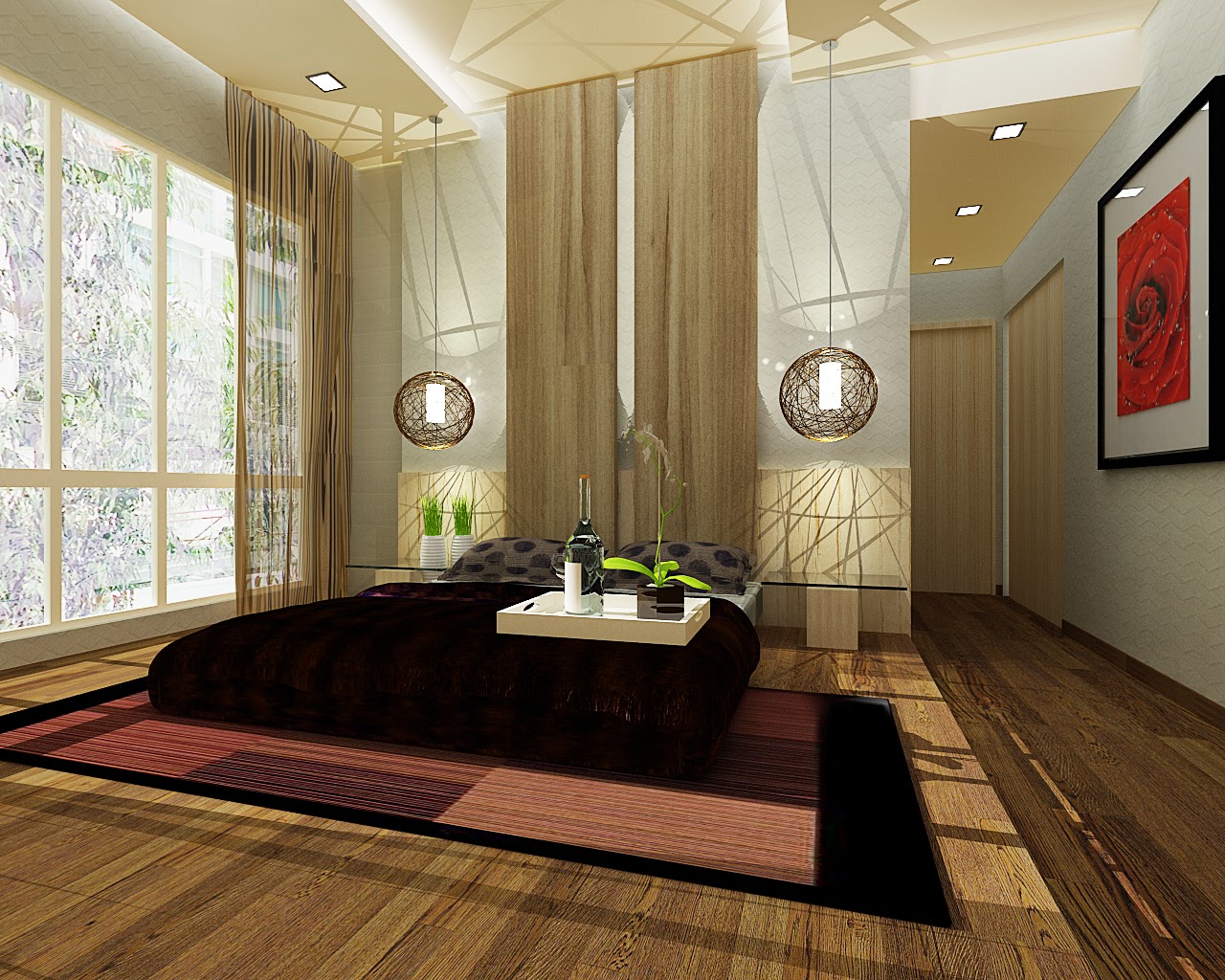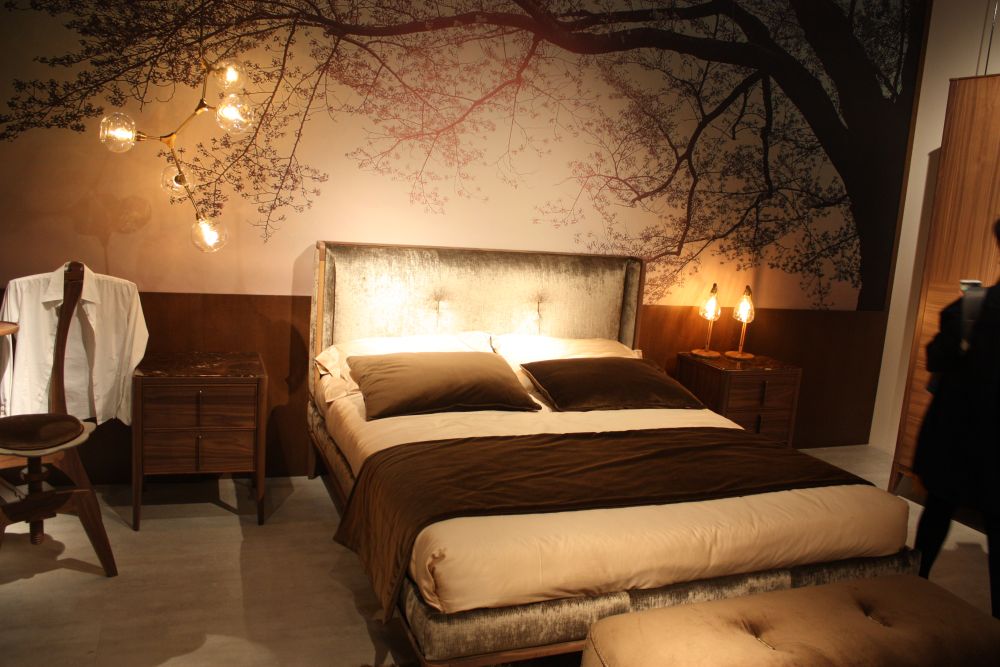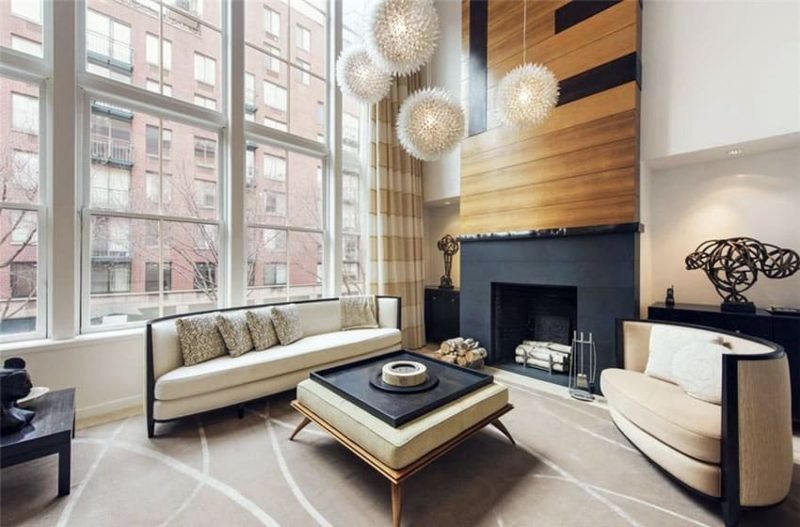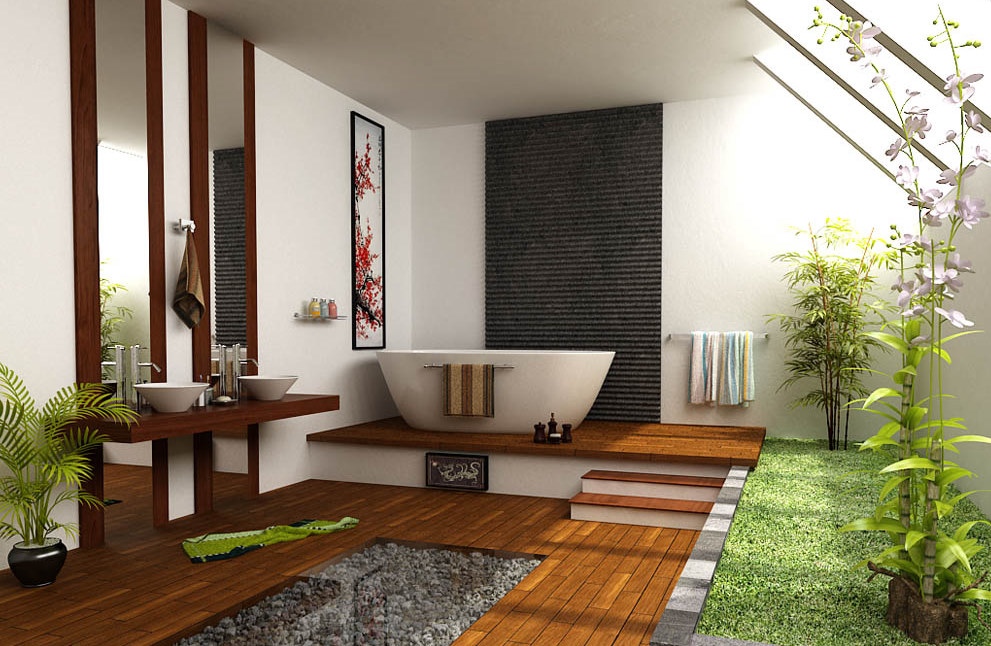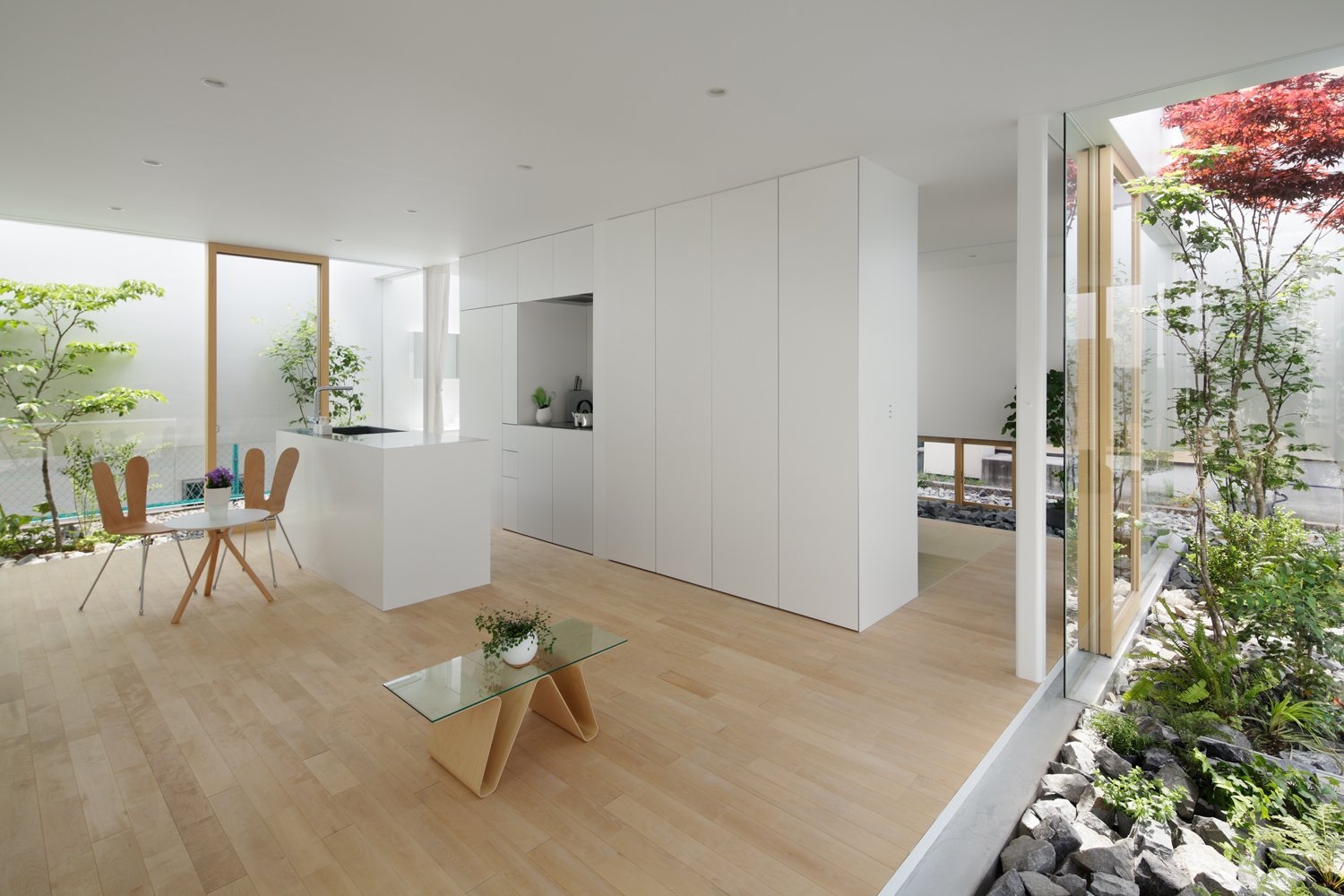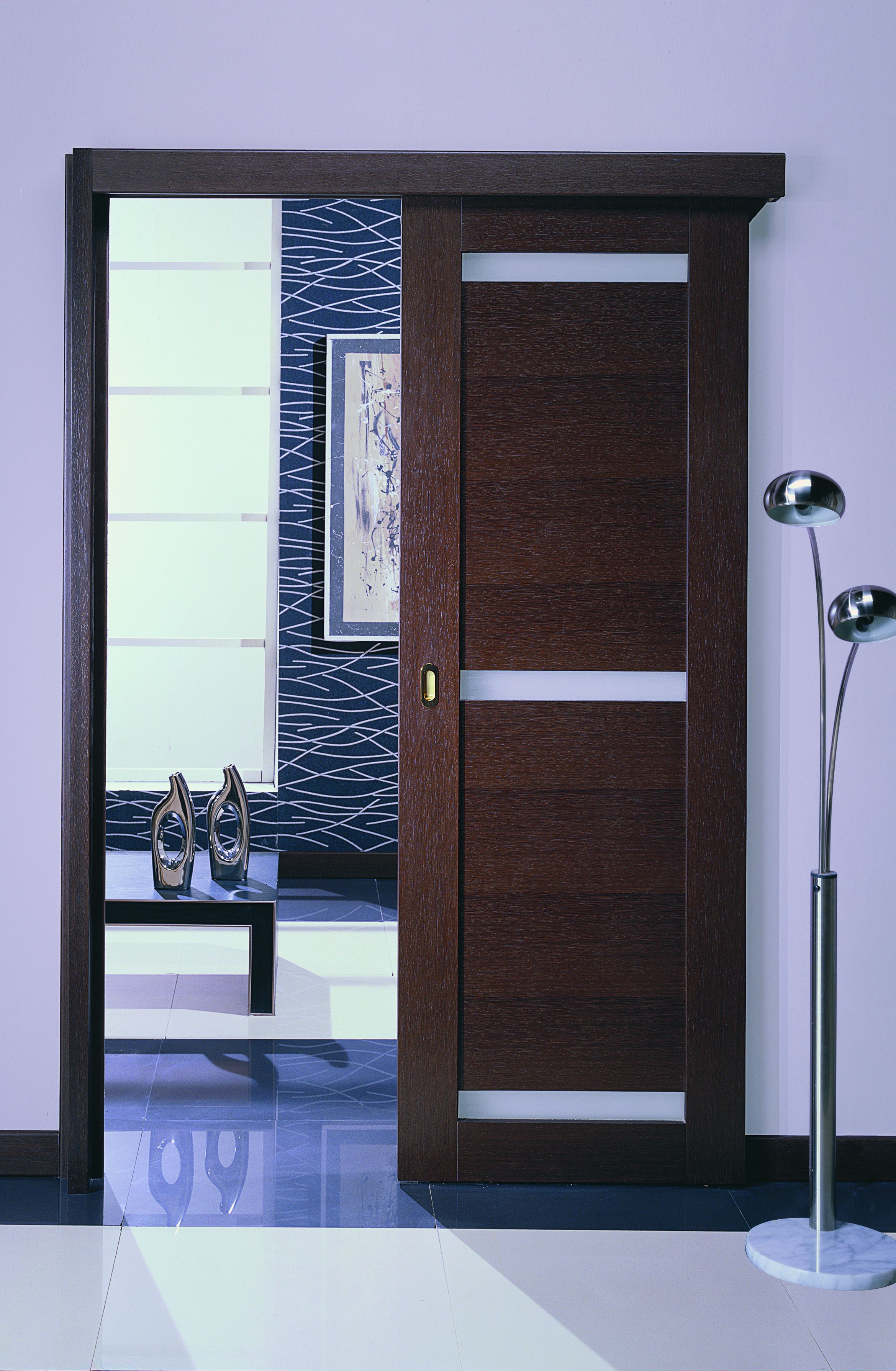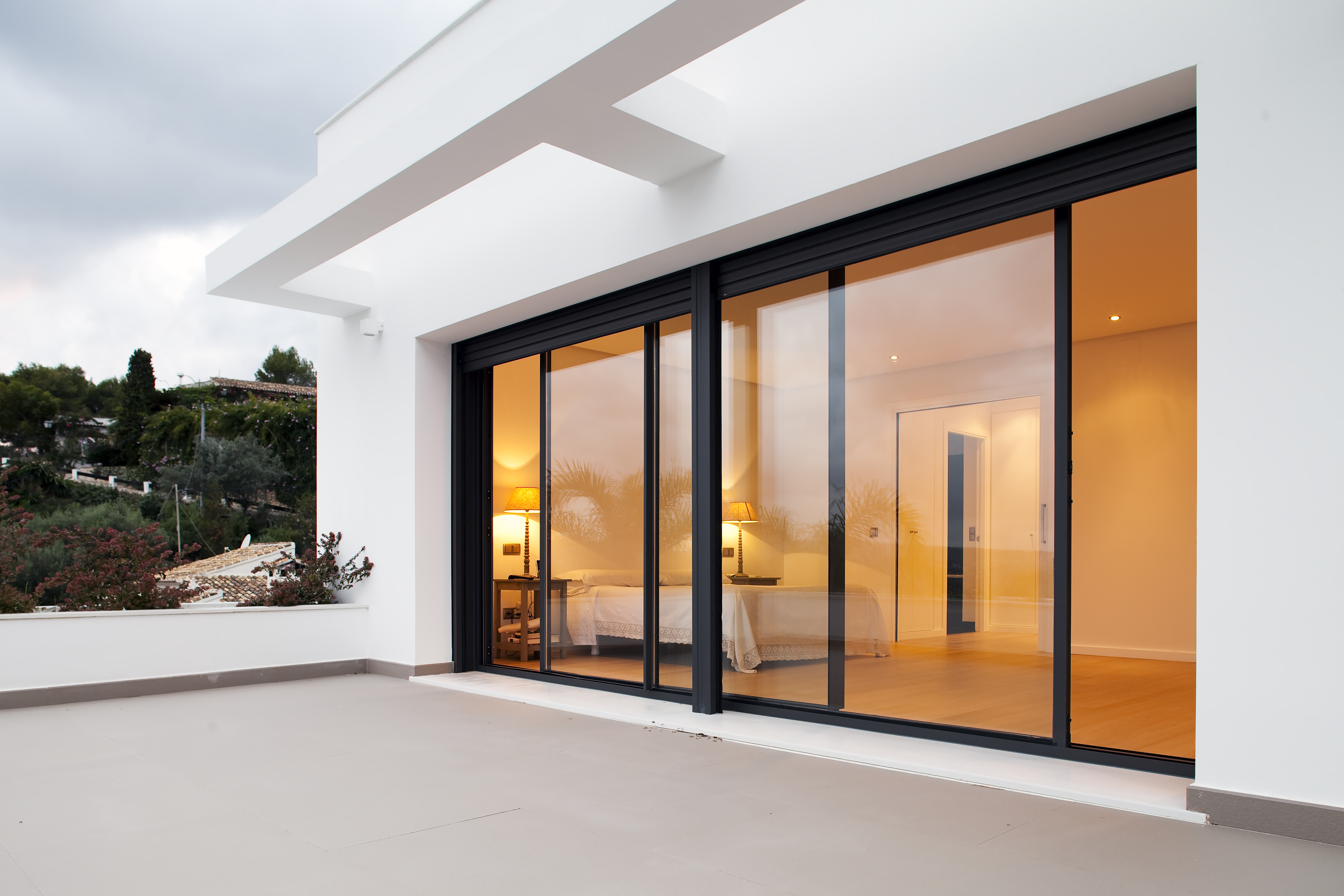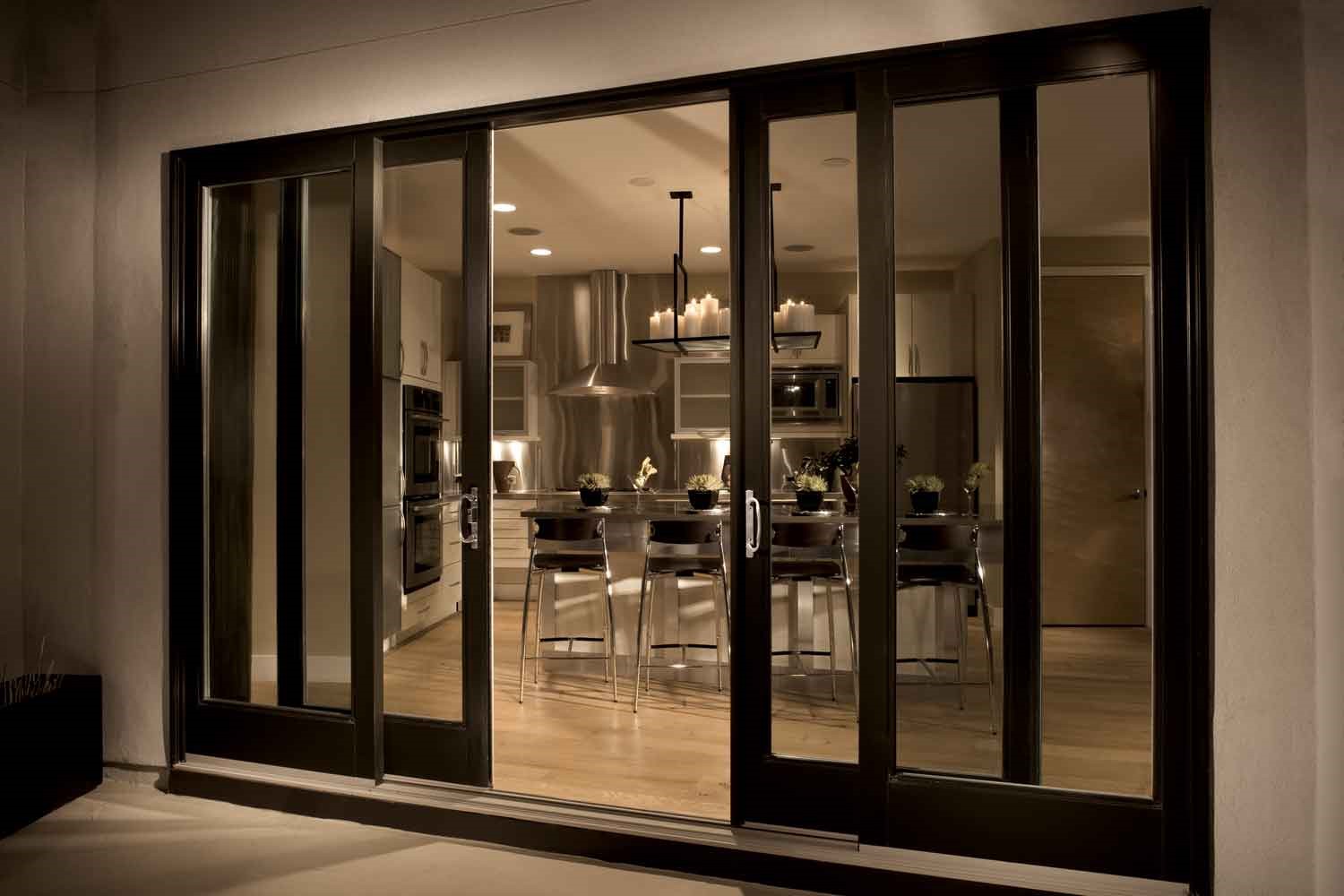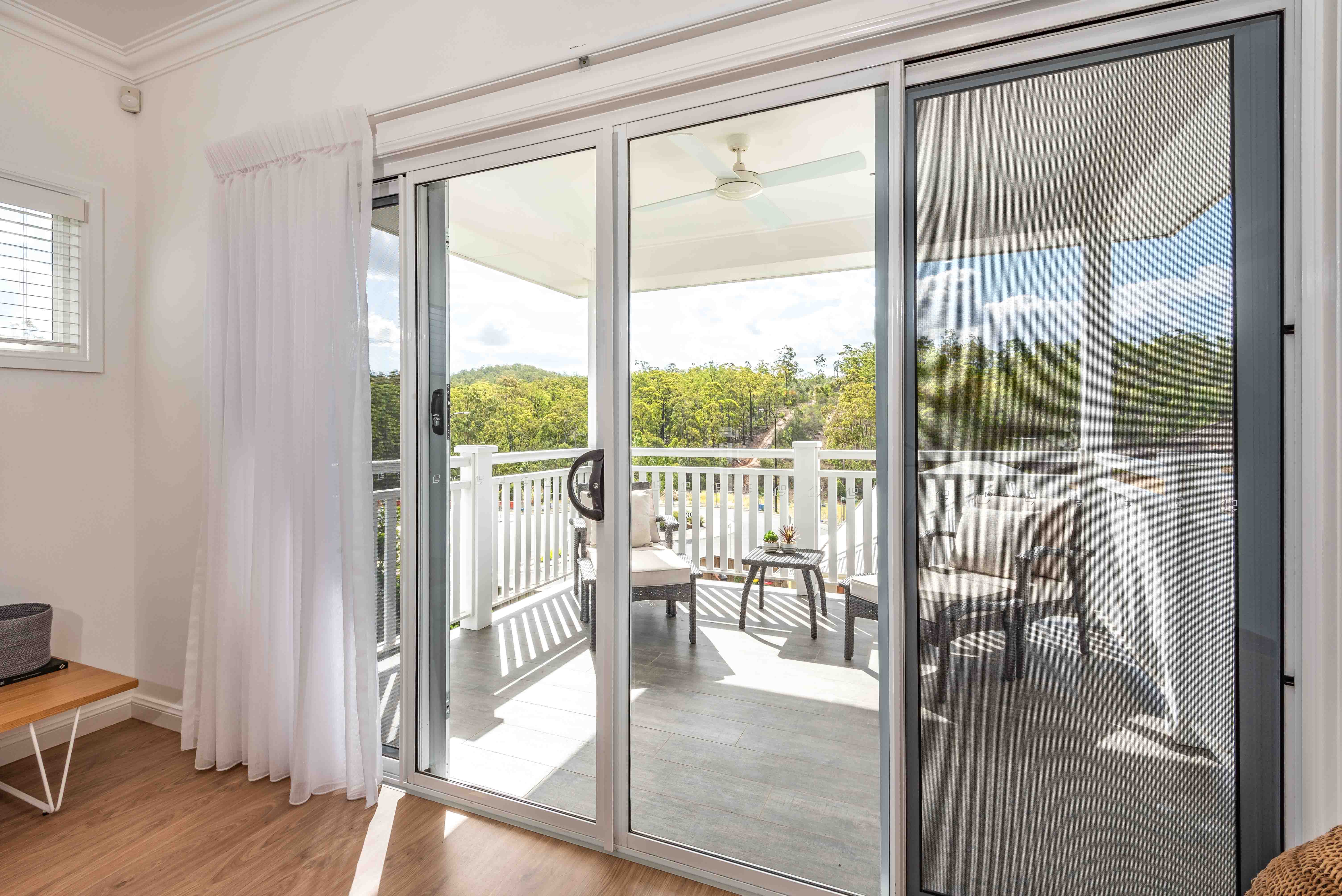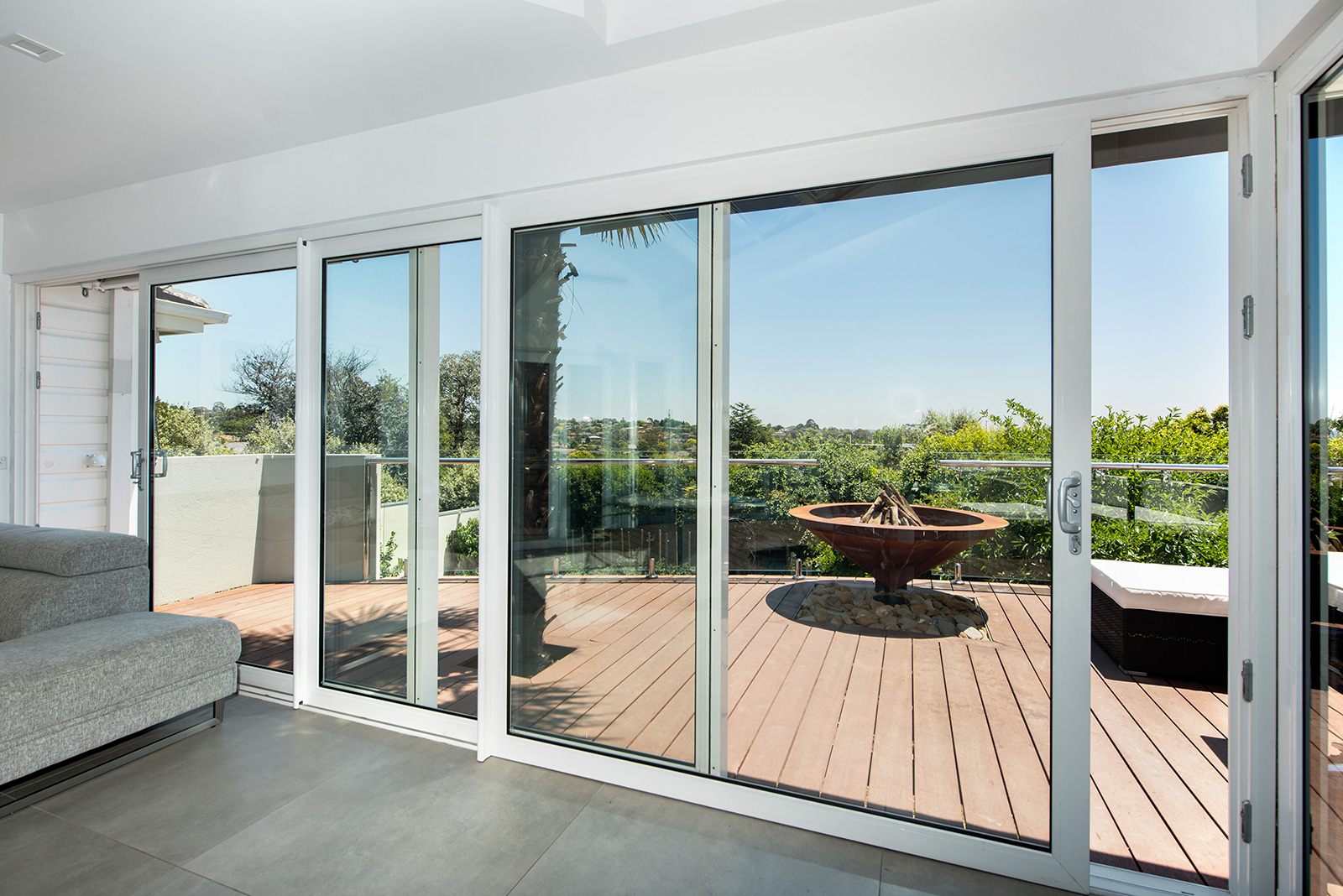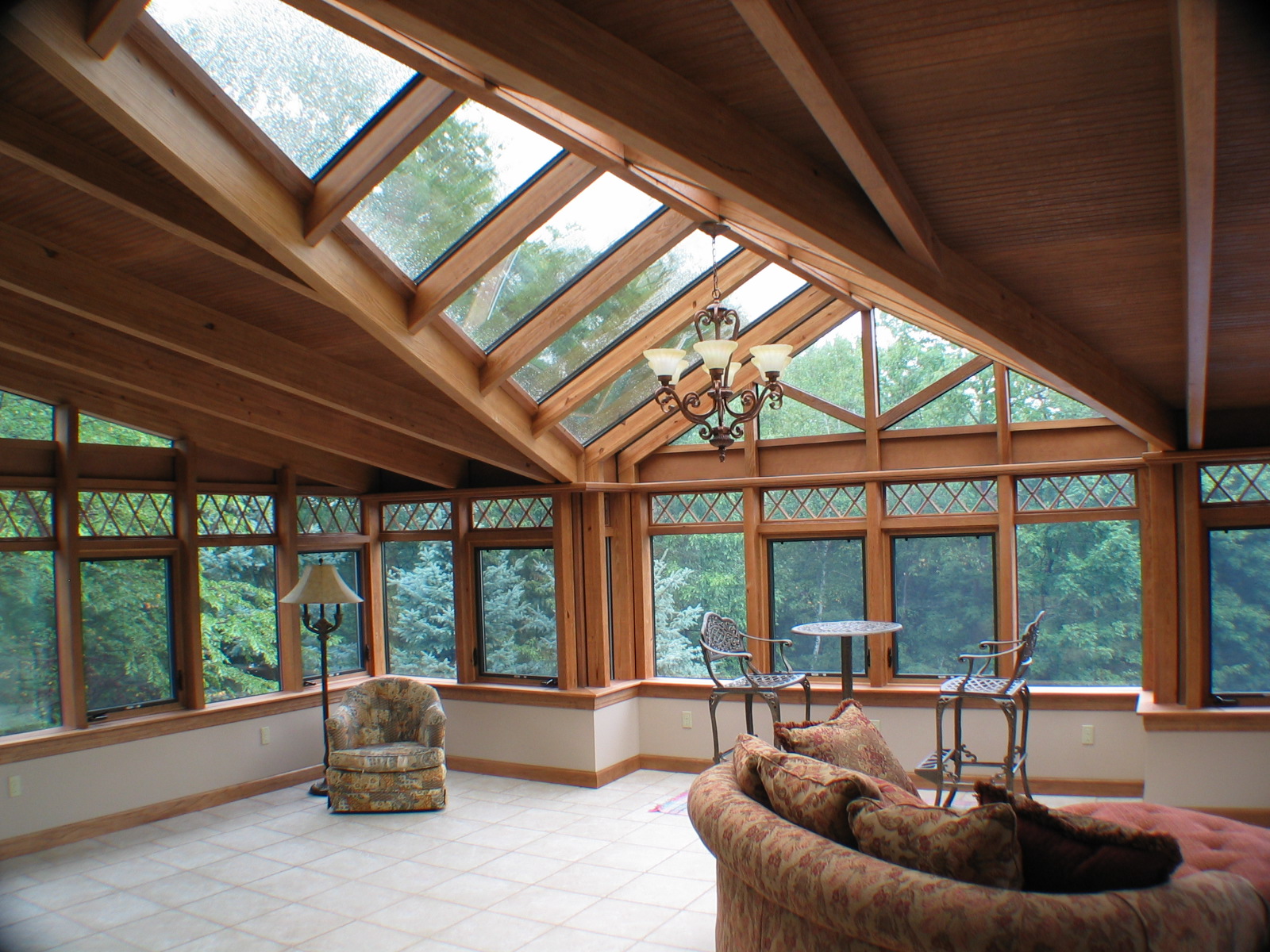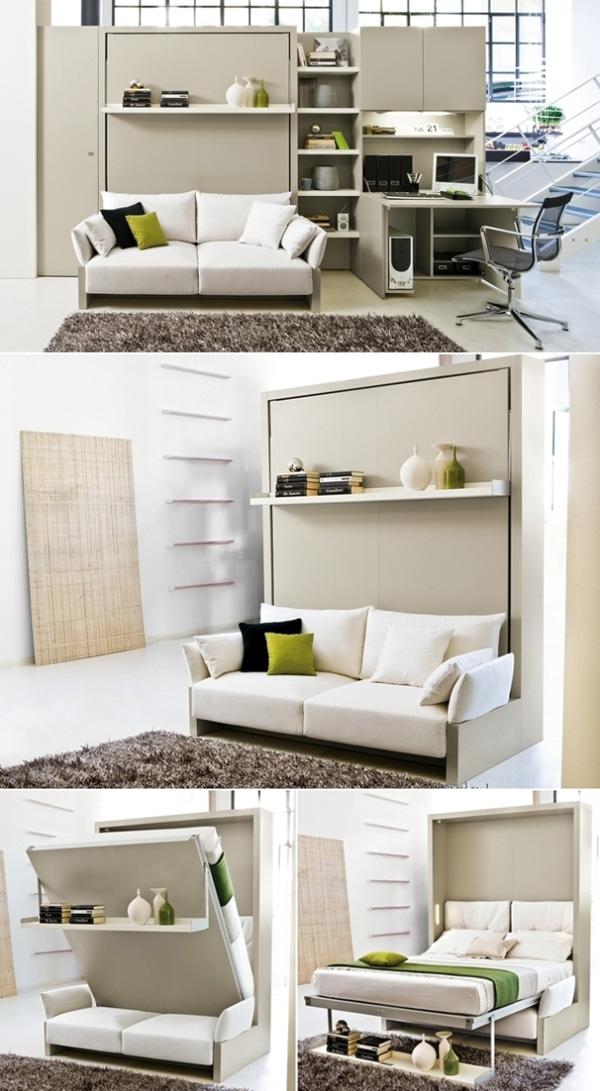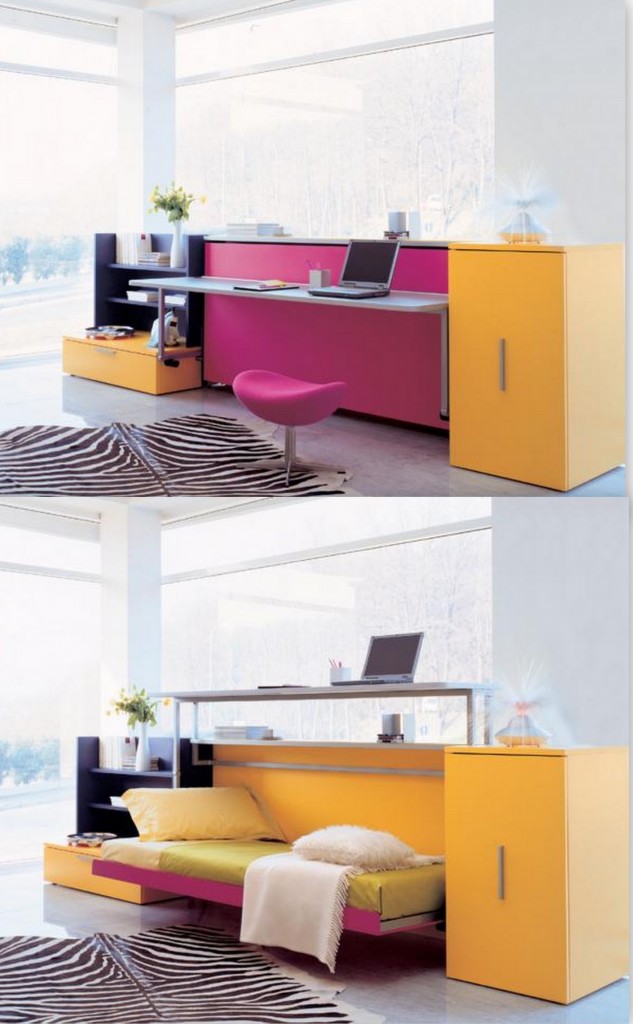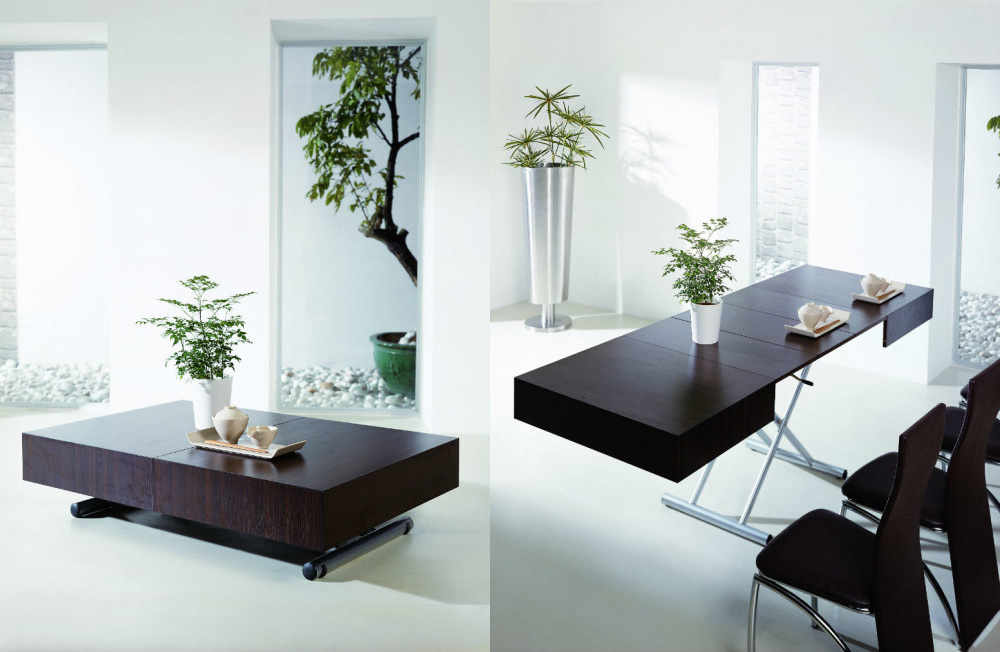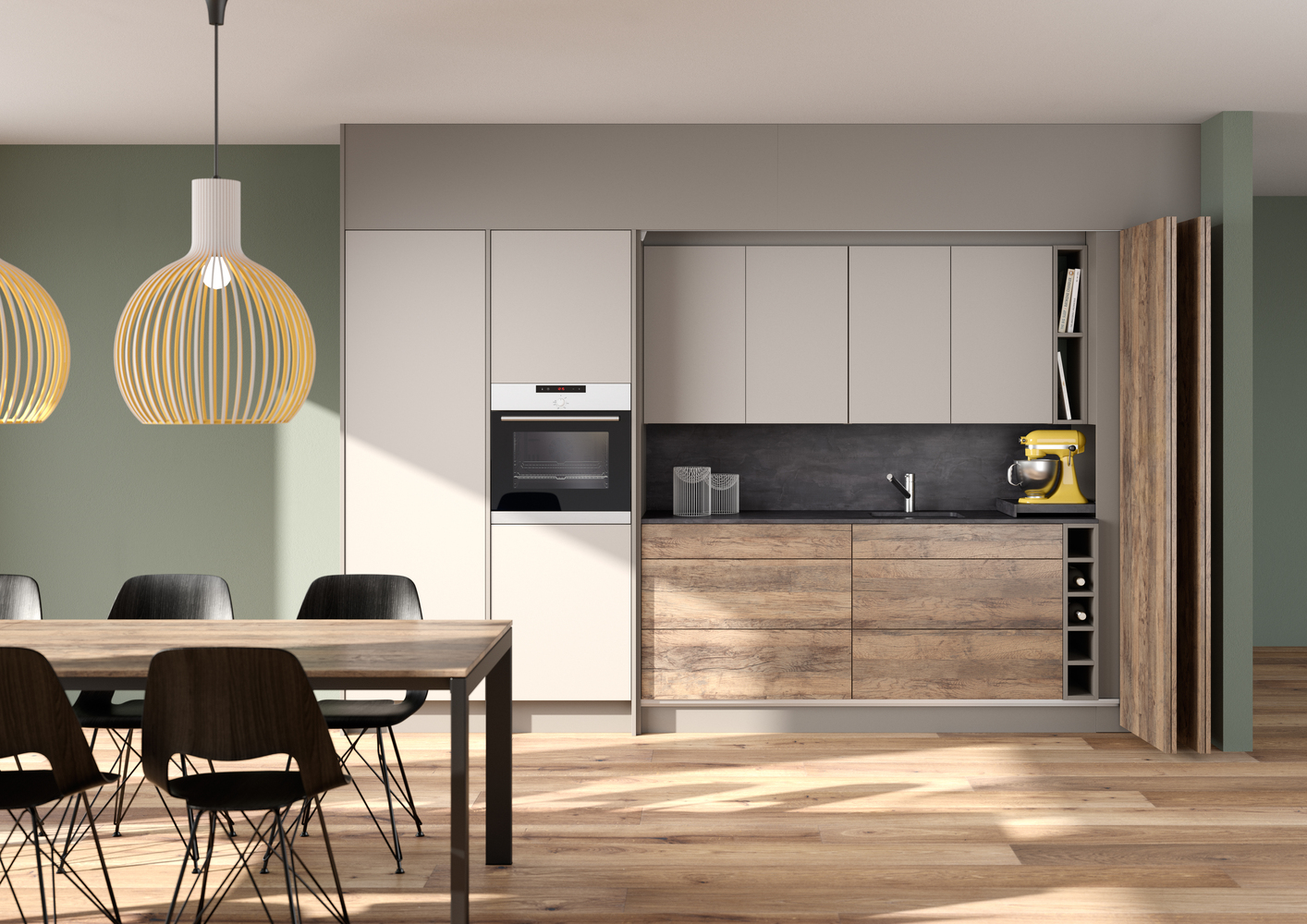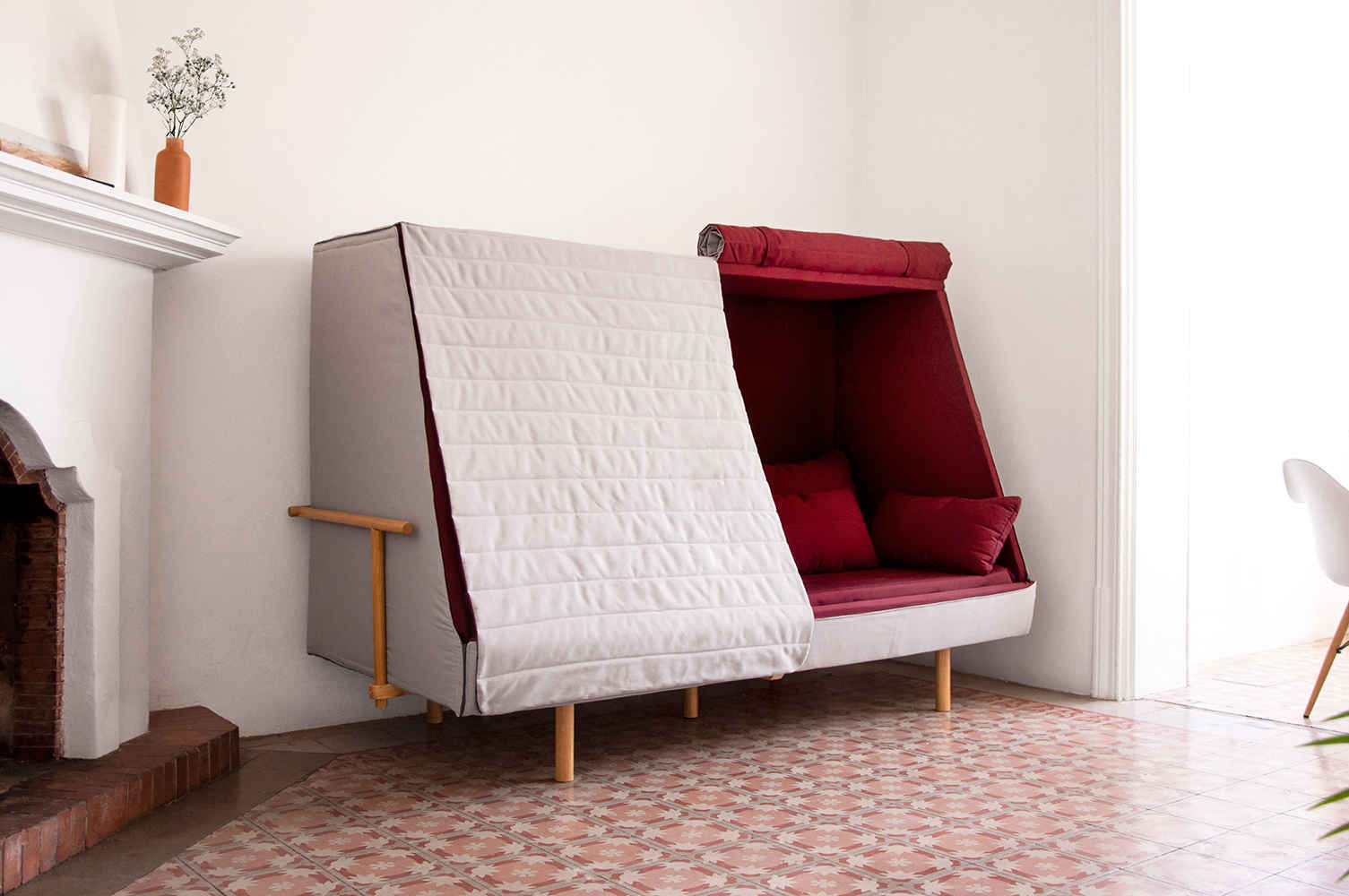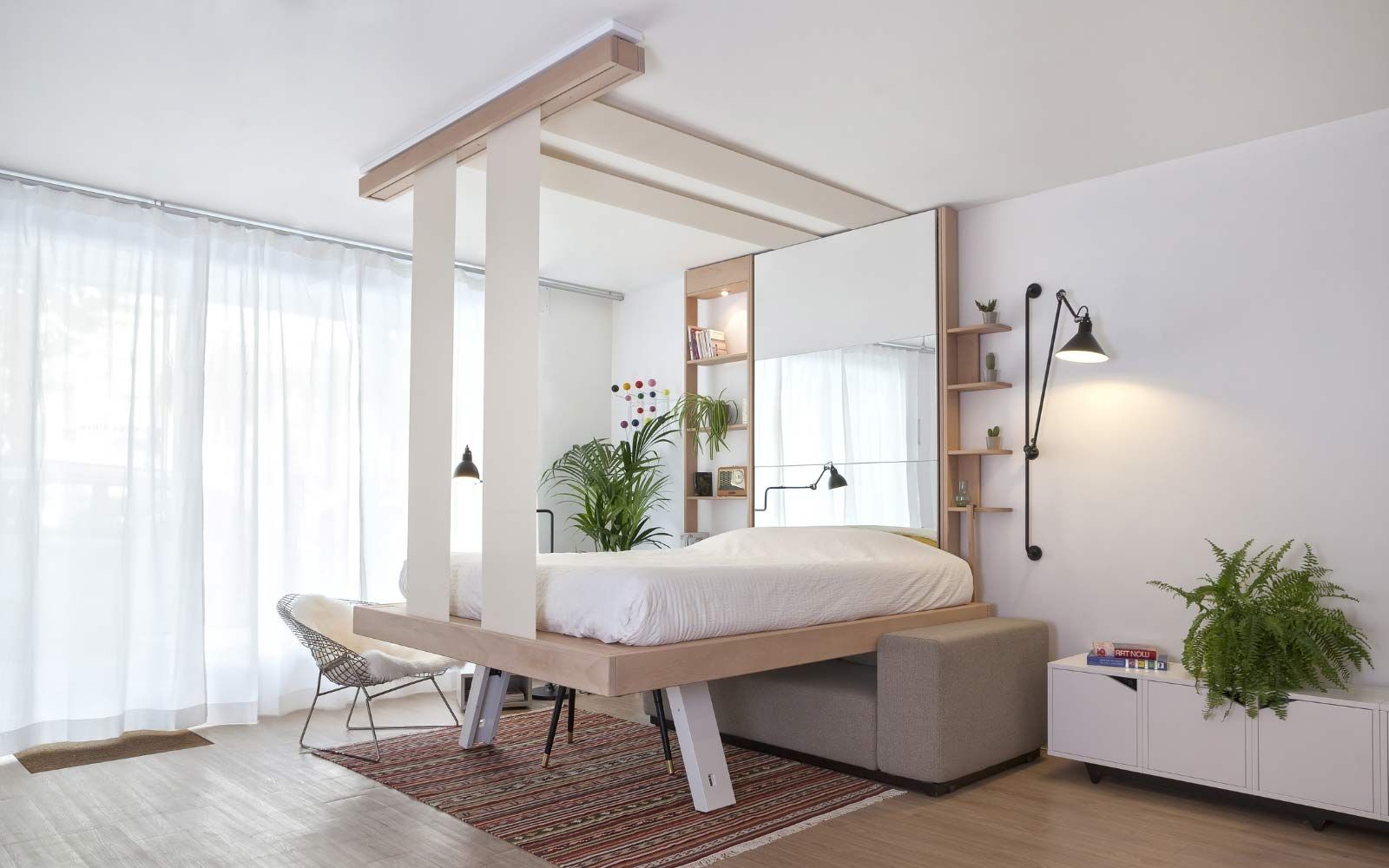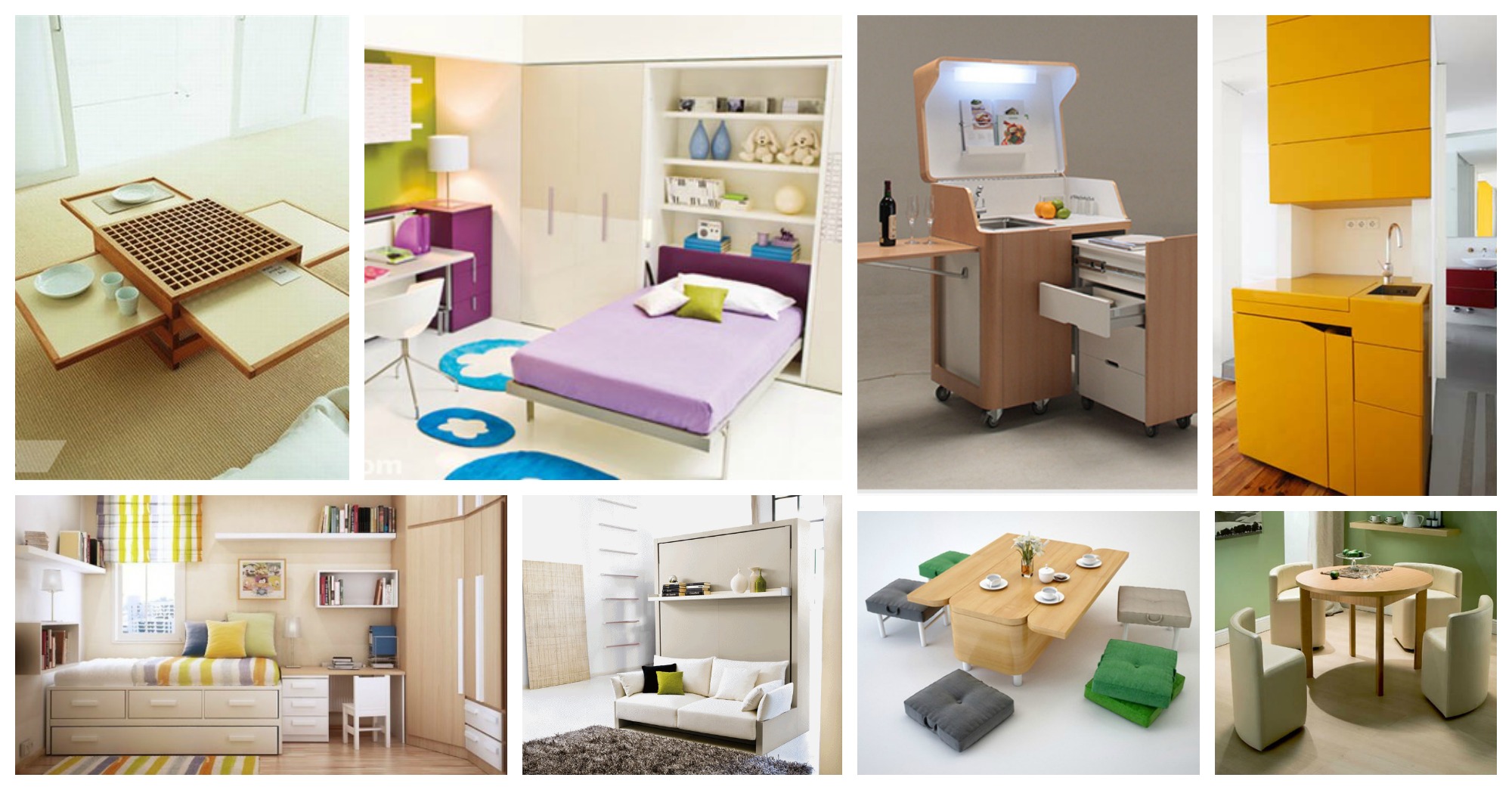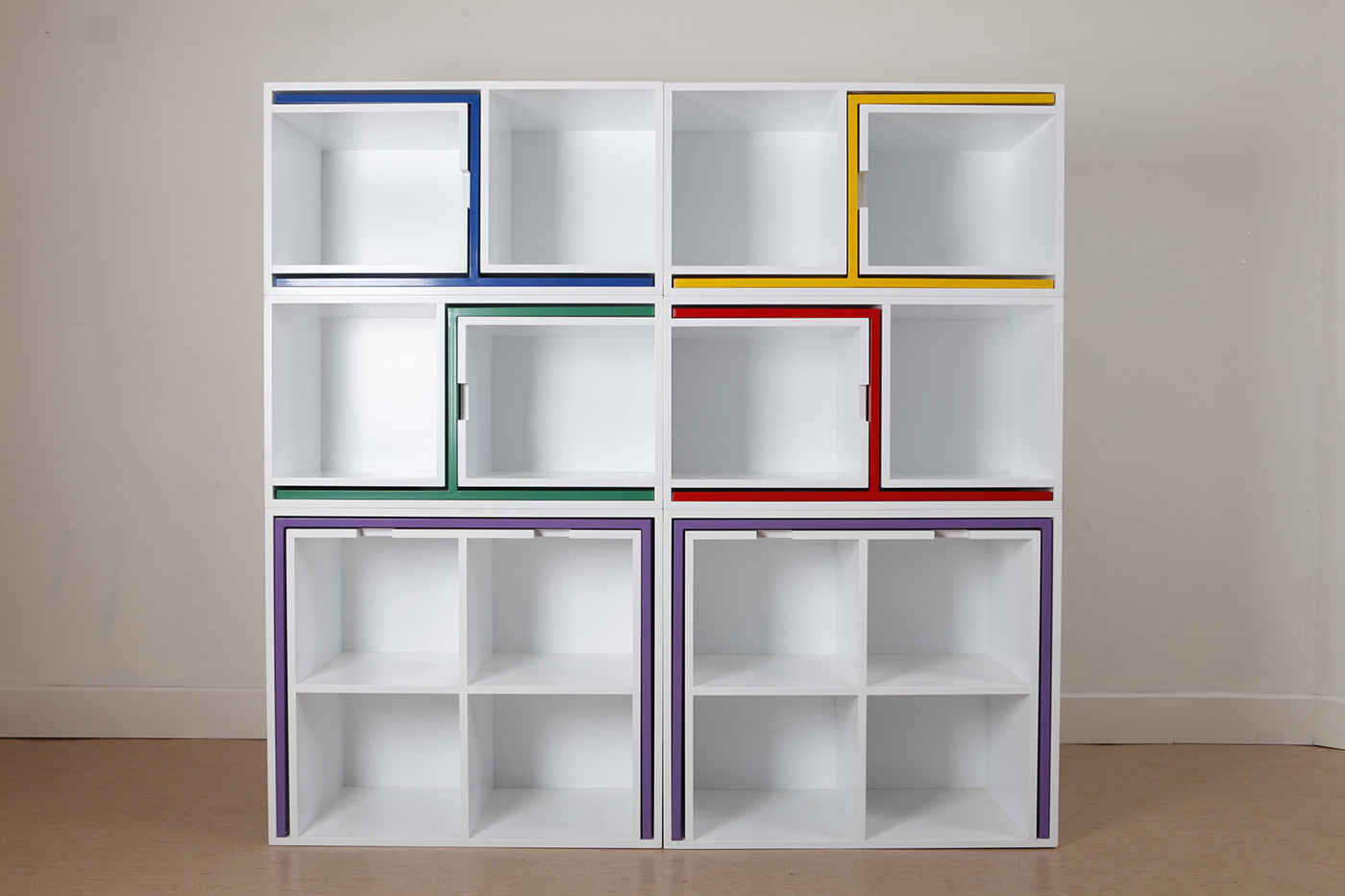Japanese Platform Living Room Design
The Japanese have long been known for their minimalist and functional approach to design, and this is especially evident in their living room designs. Japanese platform living rooms are becoming increasingly popular, as they offer a unique and serene space for relaxation. Here are 10 ideas for creating a beautiful Japanese platform living room design in a small room.
Small Room Design
Small rooms can often feel cramped and cluttered, but with the right design, they can also feel cozy and inviting. When it comes to Japanese platform living room design, a small room can actually work in your favor. The key is to utilize the space wisely and keep the design simple and uncluttered.
Minimalist Living Room
In Japanese culture, simplicity is highly valued, and this is reflected in their interior design as well. A minimalist living room design is ideal for a Japanese platform, as it allows for a clean and uncluttered space. Keep furniture and decor to a minimum, and choose a neutral color palette for a calming and serene atmosphere.
Tatami Flooring
Tatami is a traditional Japanese flooring material made from rice straw, and it is commonly used in Japanese homes. This type of flooring is not only aesthetically pleasing, but it also has practical benefits. Tatami floors are soft and comfortable to sit on, making them perfect for a living room space.
Futon Sofa
In Japanese homes, traditional beds are often replaced with futons, which can be easily rolled up and stored away during the day. This is a great space-saving solution for a small living room. Opt for a low futon sofa that can be used for seating during the day and transformed into a bed at night.
Shoji Screen
A shoji screen is a traditional Japanese room divider made from translucent paper and a wooden frame. This is a great addition to a Japanese platform living room, as it adds a touch of authenticity and also allows for natural light to filter through, creating a soft and calming atmosphere.
Zen Decor
Zen is a key element of Japanese culture, and incorporating Zen decor into your living room design can help create a peaceful and harmonious space. This can include elements such as bonsai trees, bamboo plants, and Japanese lanterns. Keep the decor simple and natural to maintain a minimalist aesthetic.
Sliding Doors
Sliding doors are a common feature in Japanese homes, and they are a great space-saving solution for a small living room. Opt for traditional Japanese sliding doors, or choose modern versions with frosted glass panels for a contemporary twist. These doors also allow for natural light to flow through, creating a bright and airy space.
Natural Light
Natural light is highly valued in Japanese culture, and it can make a big impact on the overall feel of a living room. If possible, incorporate large windows or skylights into your Japanese platform living room to allow for plenty of natural light. This will create a warm and inviting atmosphere, perfect for relaxing and unwinding.
Space-saving Furniture
In a small living room, it is important to choose furniture that is both functional and space-saving. Look for multi-purpose pieces such as storage ottomans or coffee tables that can also be used for seating. Avoid bulky furniture and opt for sleek and minimal designs to maximize space.
The Japanese Platform Living Room Design: An Ideal Solution for Small Spaces
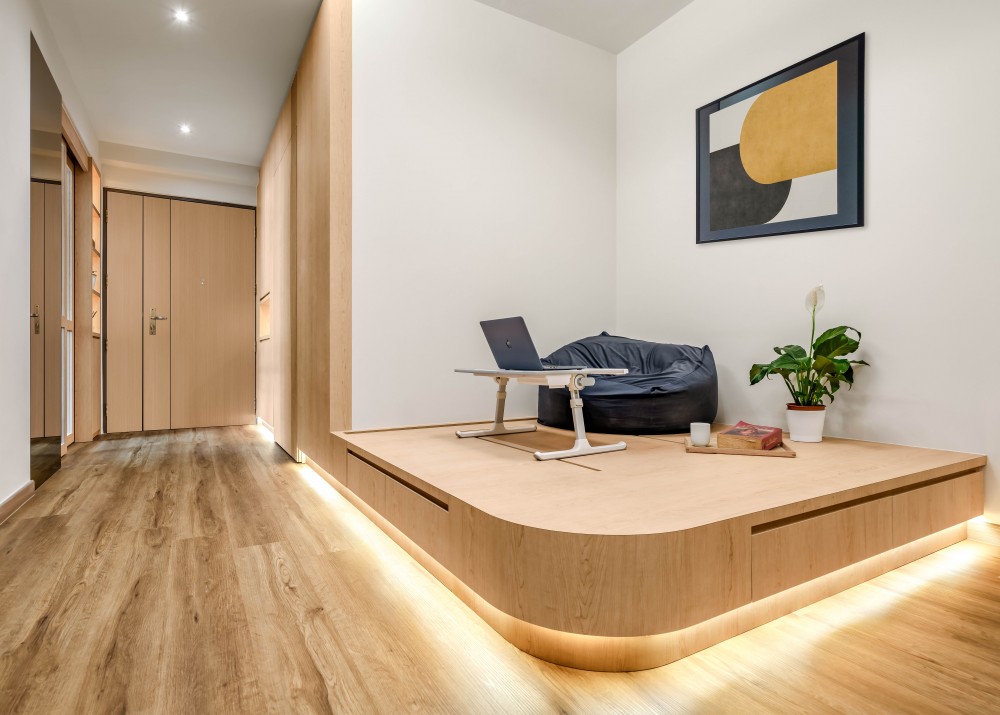
The hustle and bustle of city life often leaves us with little room to breathe, let alone decorate our living space. As more and more people are opting for smaller living spaces, the challenge of designing a comfortable and stylish home has become a pressing issue. However, the Japanese platform living room design offers a simple yet effective solution for those working with limited space. This design concept not only maximizes the use of space but also adds a touch of modern elegance to any home.
The Basic Elements of Japanese Platform Living Room Design

The Japanese platform living room design is centered around the use of minimalist and low furniture pieces which are placed on a raised platform. This platform, known as a tatami in Japanese, is typically made of wood and serves as a multi-functional space. It can be used as a seating area, a table for dining or working, or even as a sleeping area in smaller apartments.
Creating a Tranquil and Zen-like Atmosphere

One of the key features of Japanese design is its focus on creating a peaceful and harmonious environment. The use of natural materials such as wood, bamboo, and paper in the platform design helps to bring a sense of warmth and tranquility to the living room. Additionally, the neutral color palette and clean lines of the furniture contribute to the overall sense of simplicity and serenity.
Making the Most of Limited Space
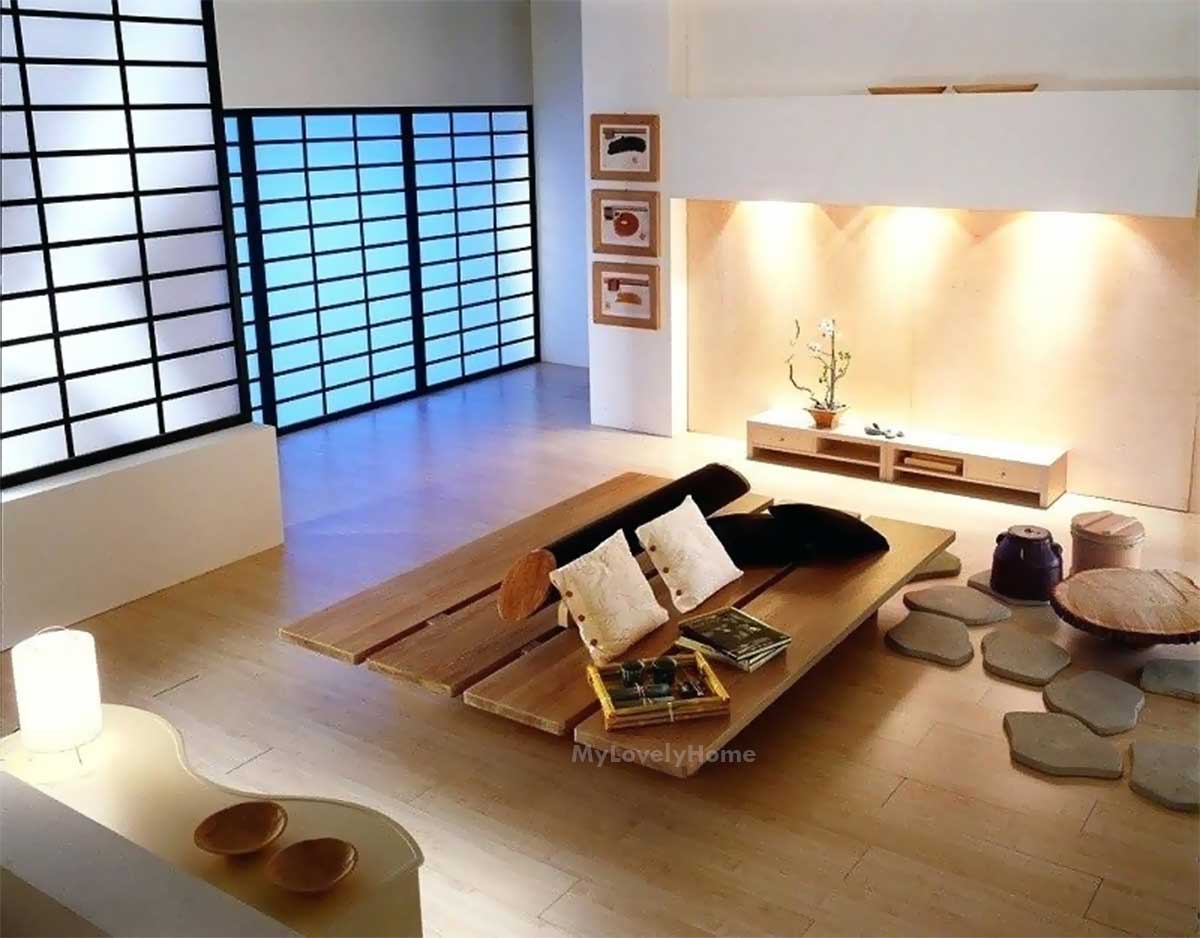
The raised platform not only serves as a design element but also provides a practical solution for small living spaces. By elevating the furniture, the platform creates additional storage space underneath, which can be used to store items such as shoes, books, or even extra seating cushions. This allows for a clutter-free living room and makes the most of every inch of space.
Incorporating Japanese Aesthetics into Modern Design

The Japanese platform living room design is not limited to traditional Japanese homes. It can be incorporated into modern homes, adding a touch of Japanese culture to the overall design. This design concept also allows for personalization and the addition of contemporary elements such as colorful cushions, artwork, or plants to create a unique and modern living space.
In conclusion, the Japanese platform living room design is an ideal solution for those looking to maximize space and create a peaceful and elegant living space. With its simple and functional design, it offers a perfect balance between traditional Japanese aesthetics and modern living. Consider incorporating this design concept into your home and experience the beauty and functionality of Japanese design.


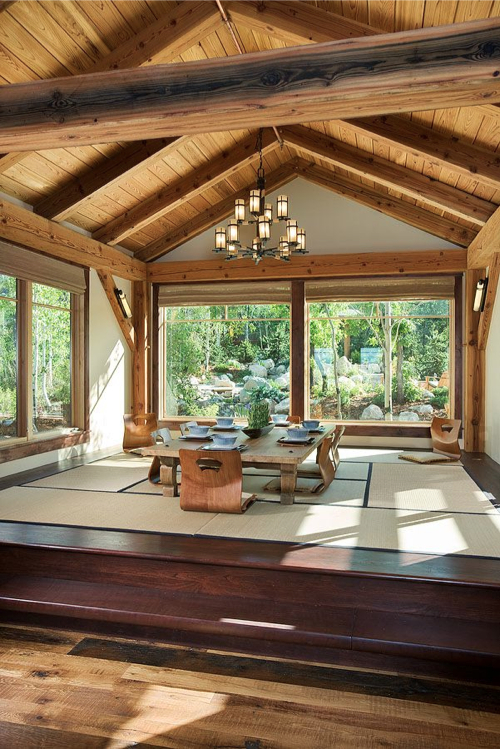


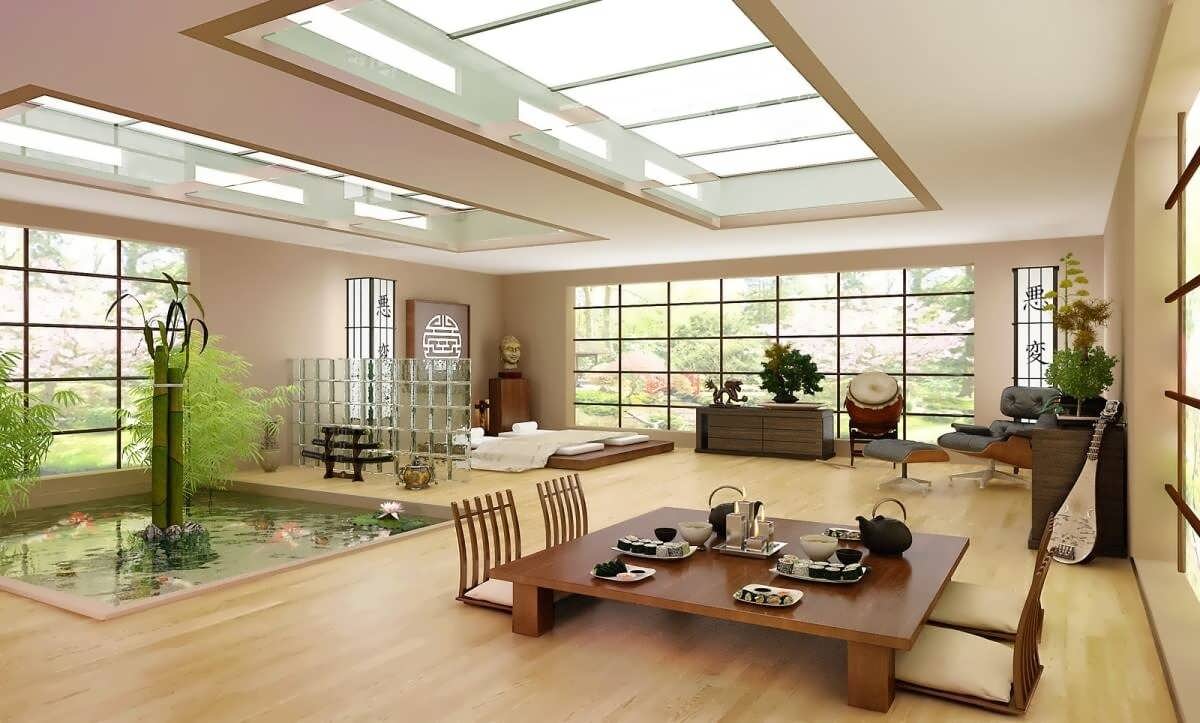
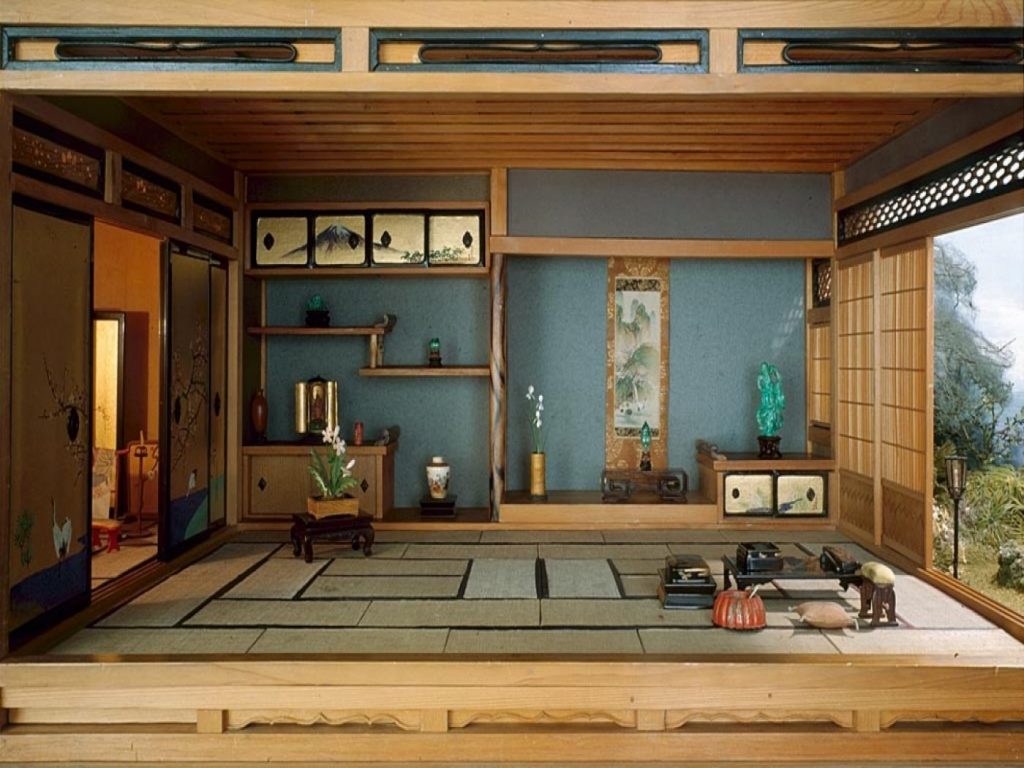







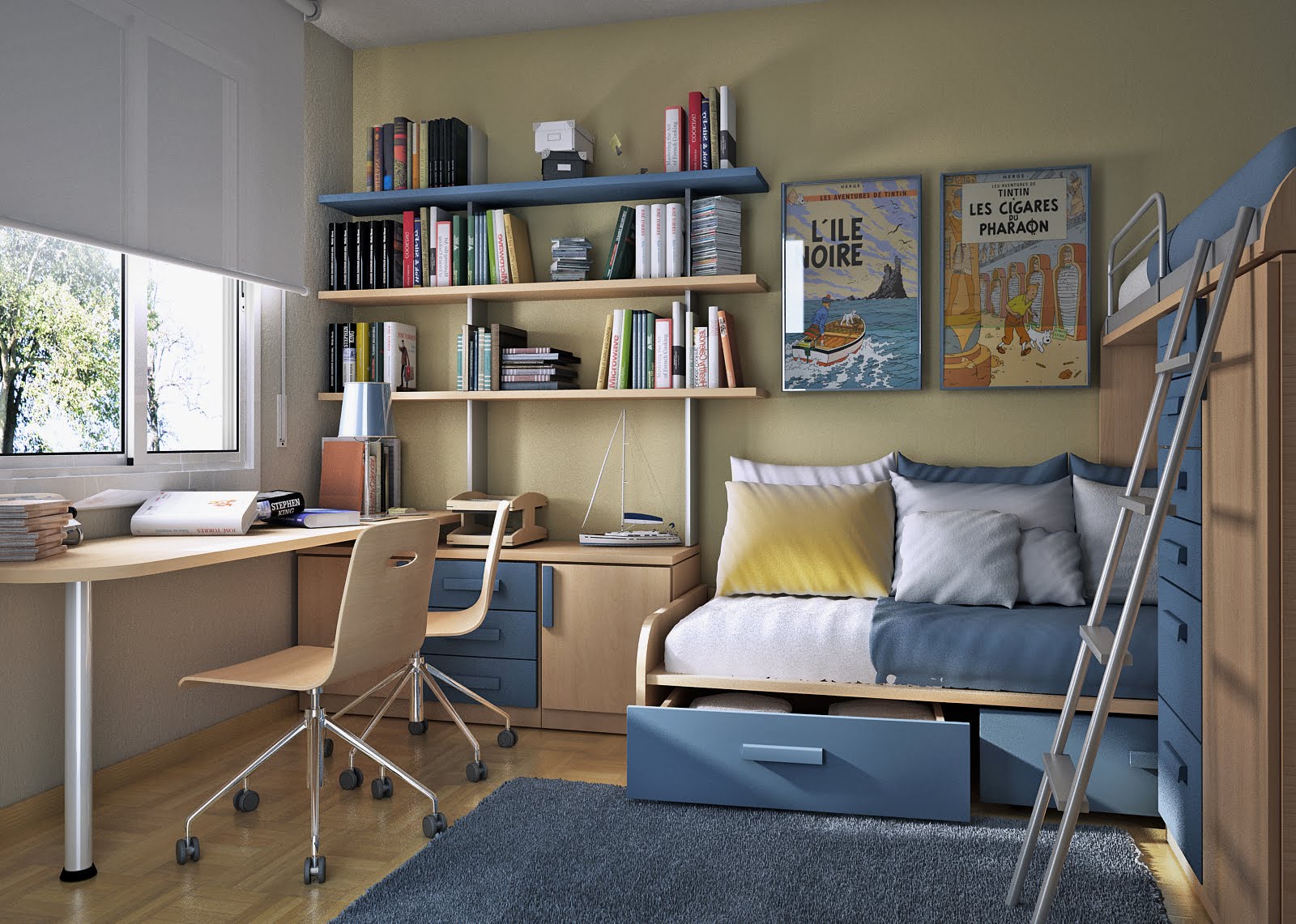







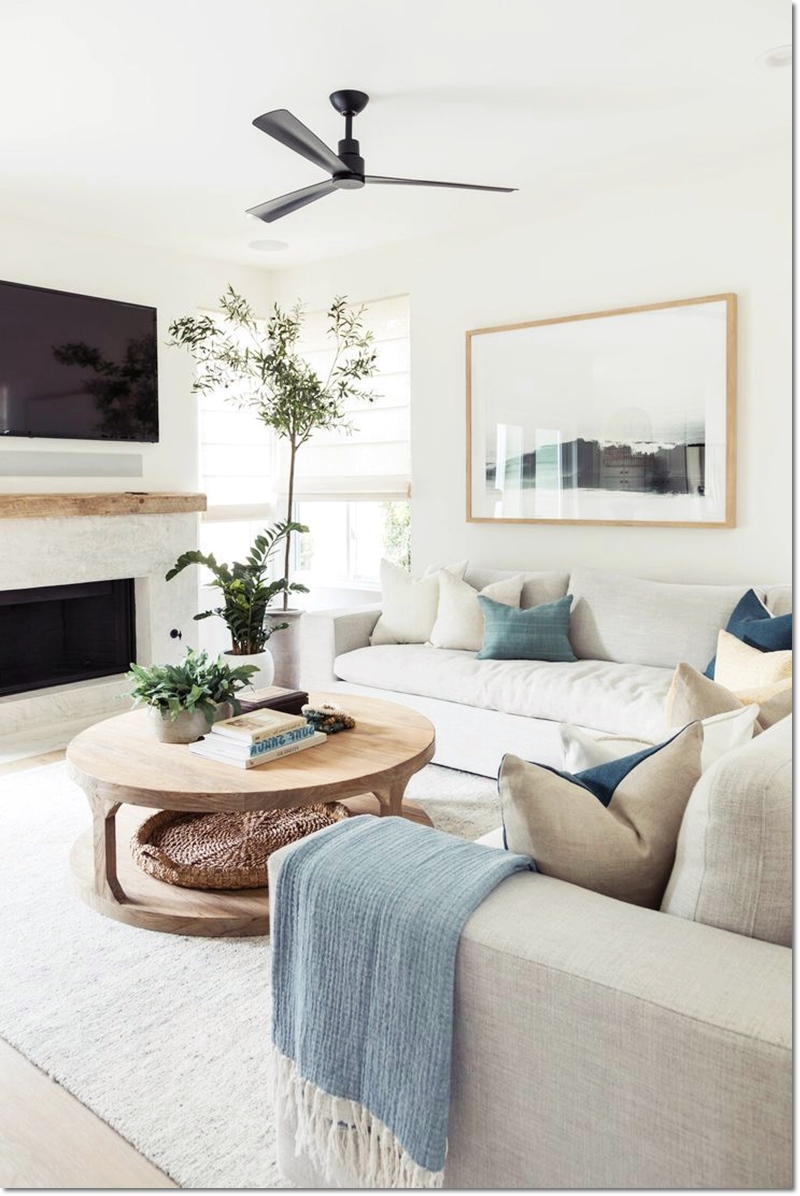

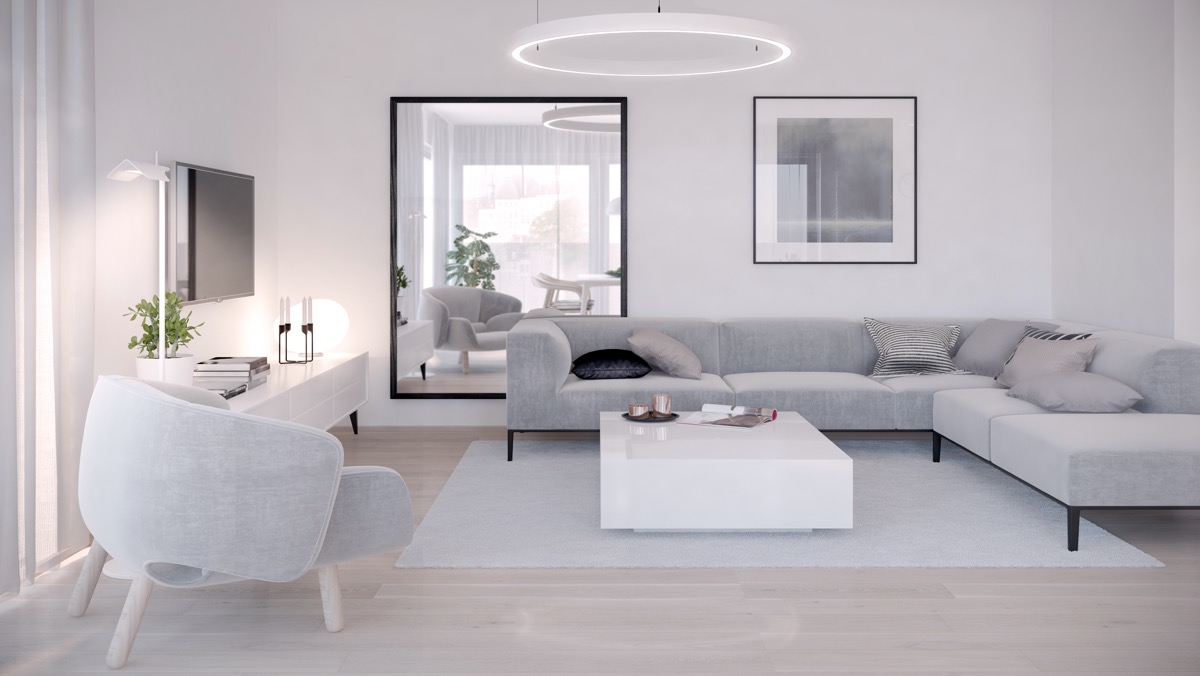

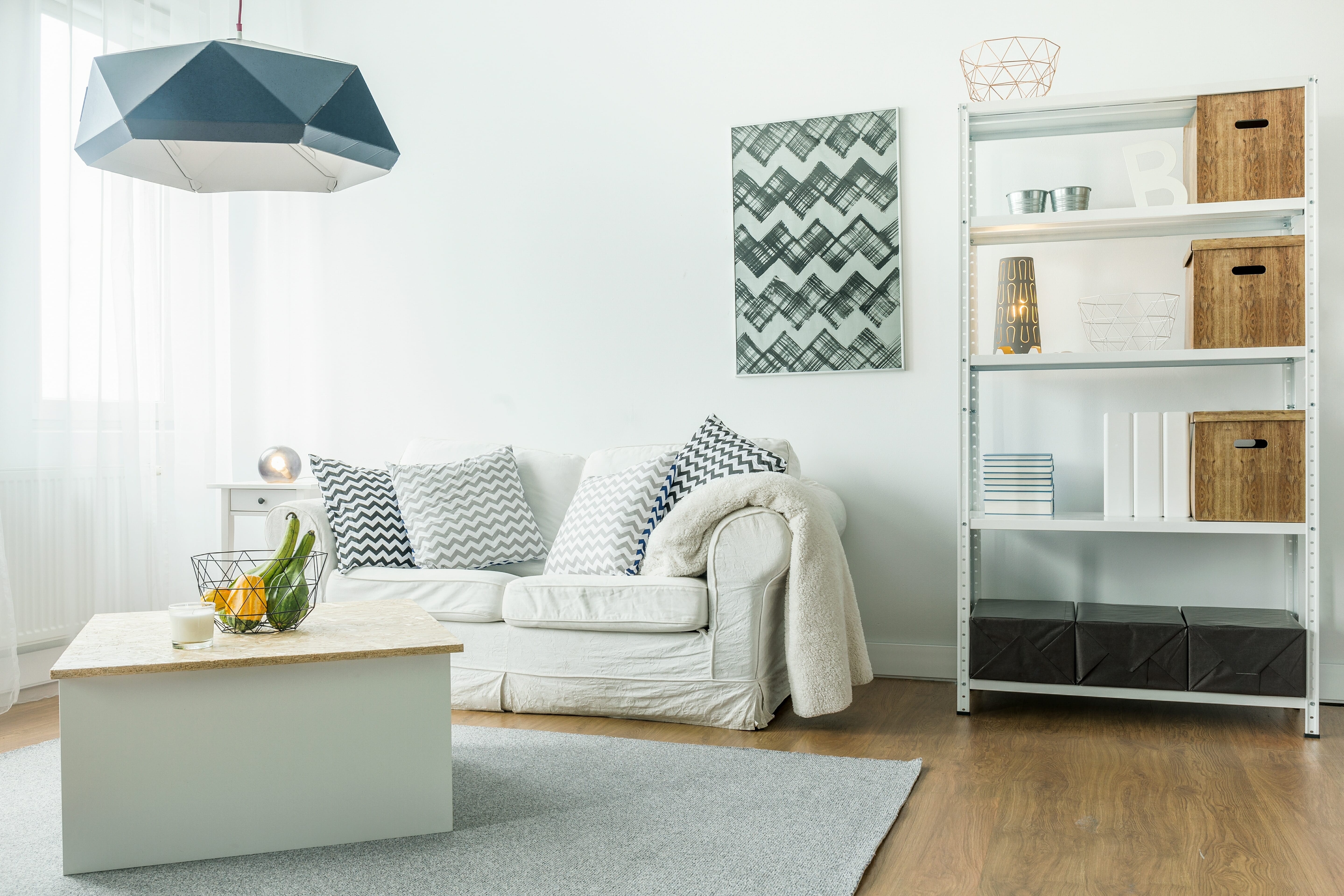
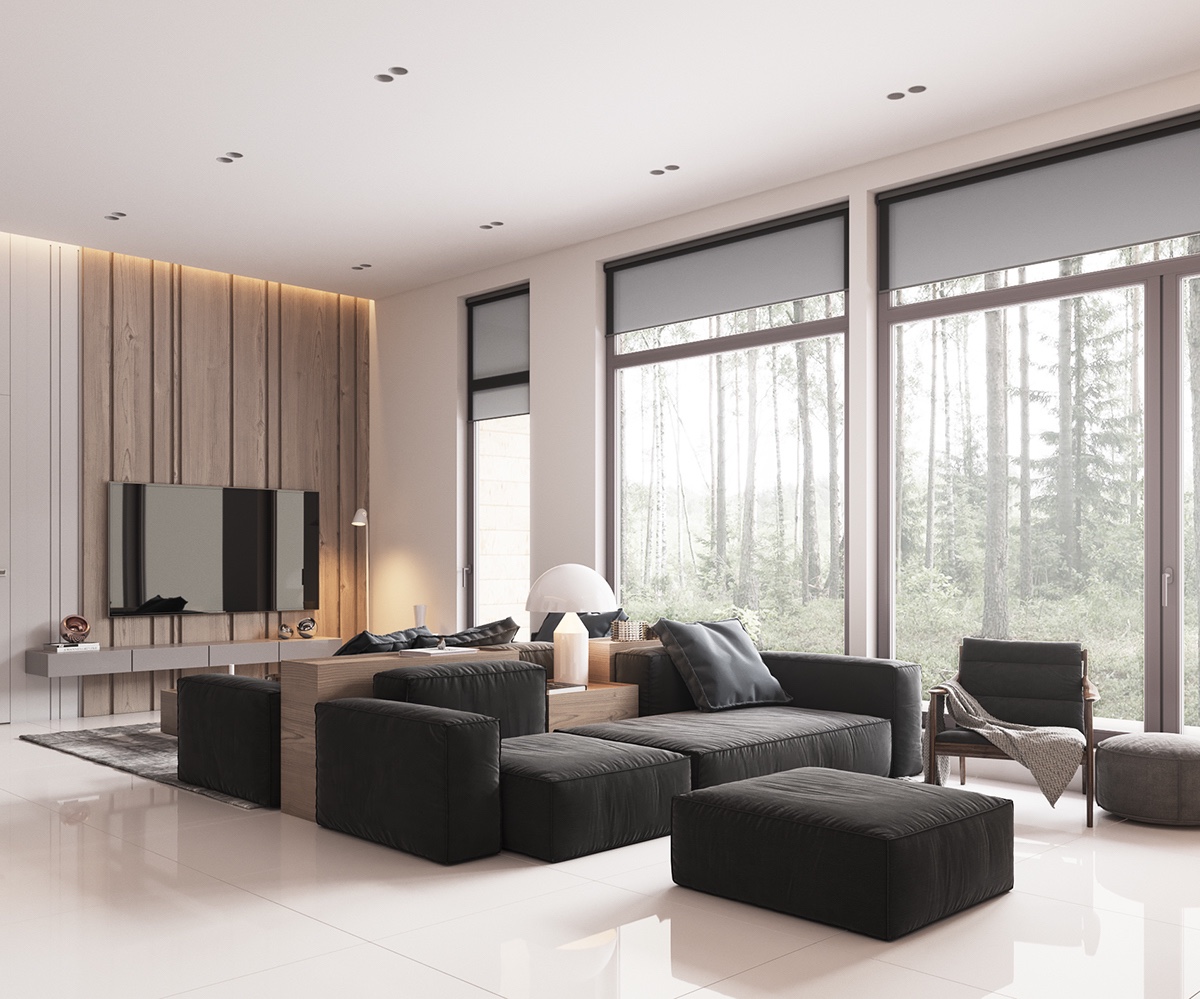
/Bespoke_Only_Pier_House_Living_Room_030-efd741a92b7d45558499dc312e62eac3.jpg)
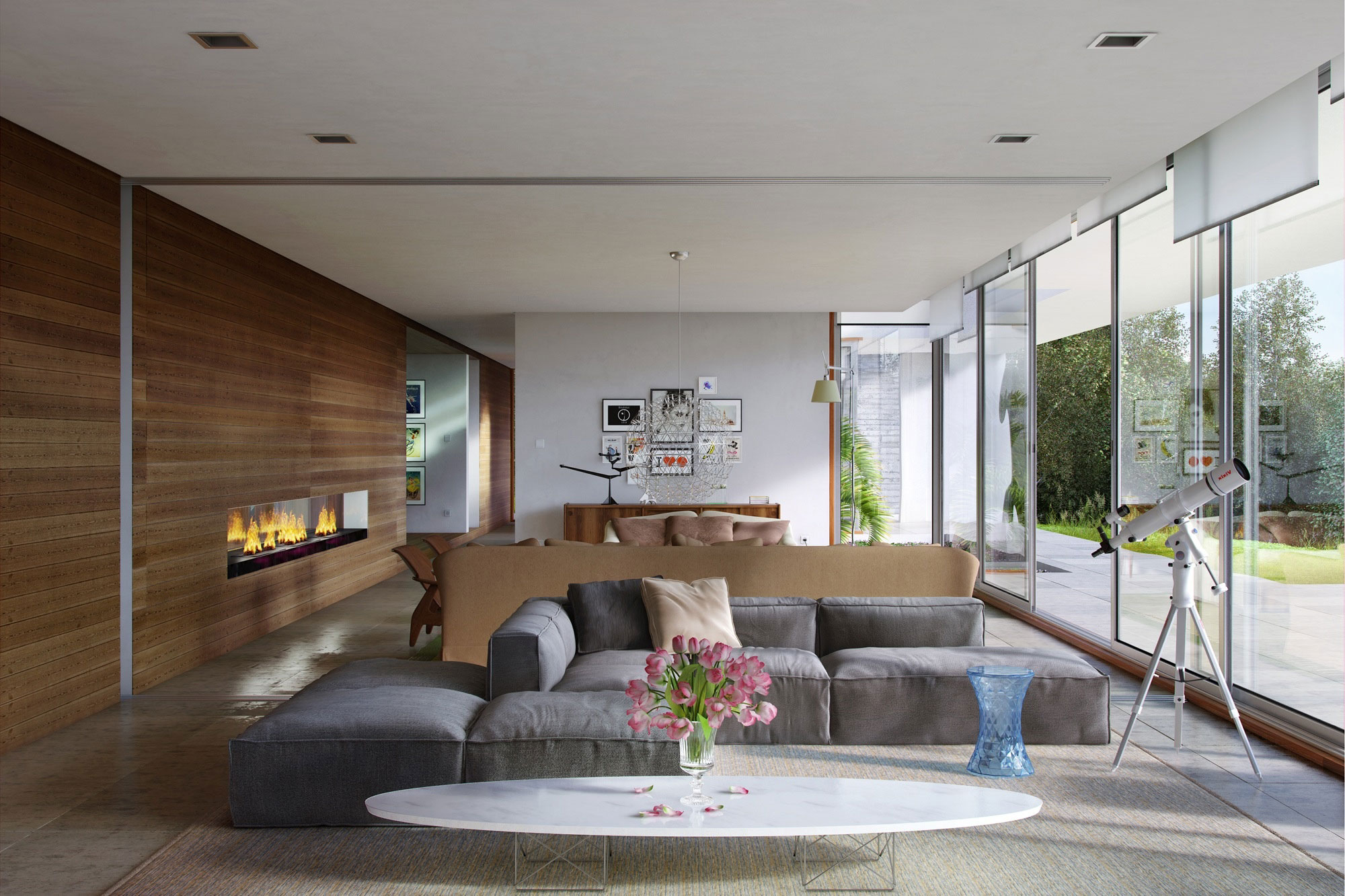

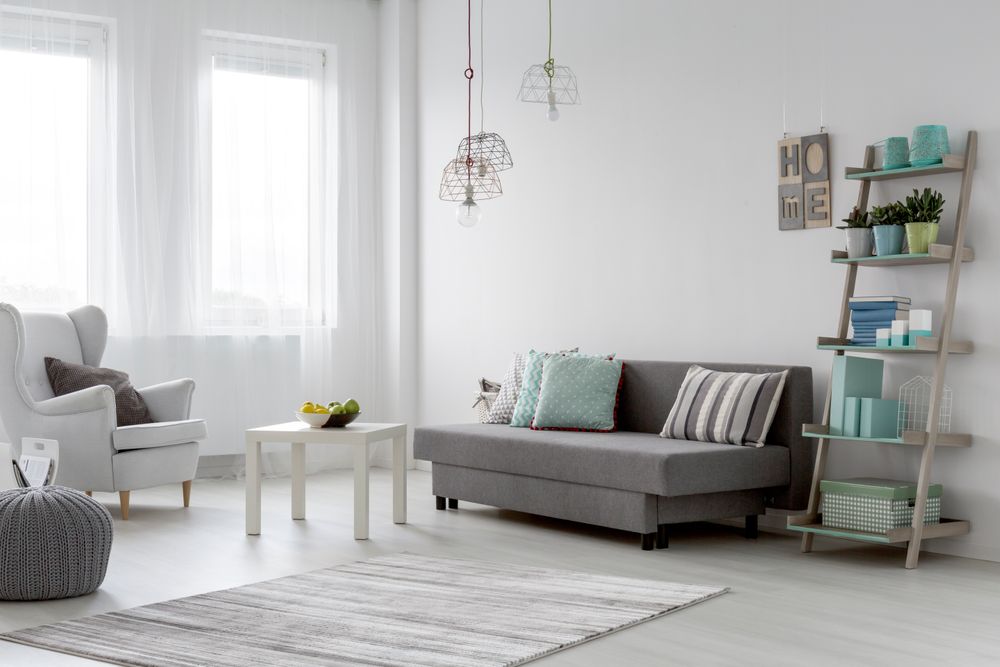
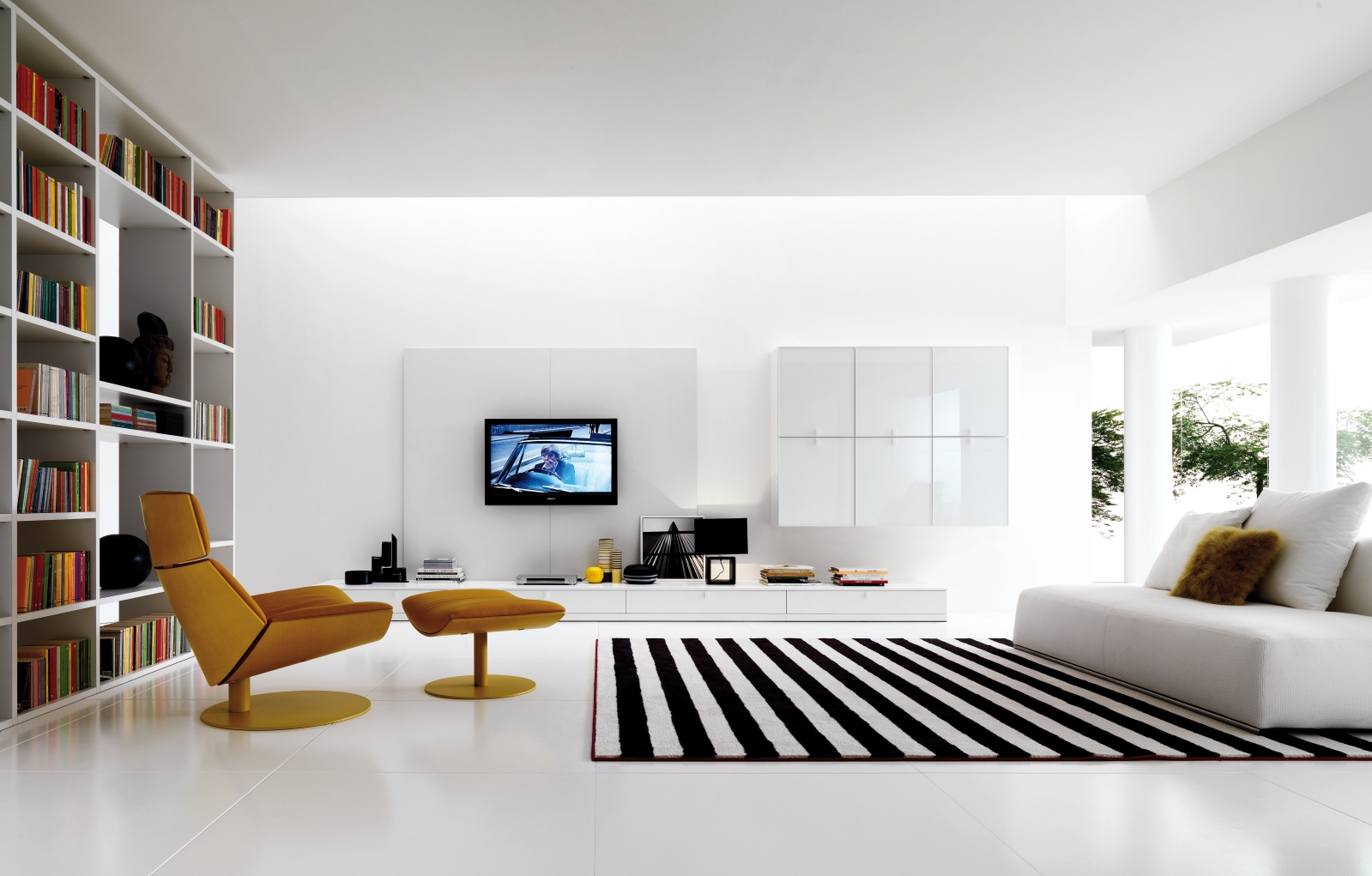








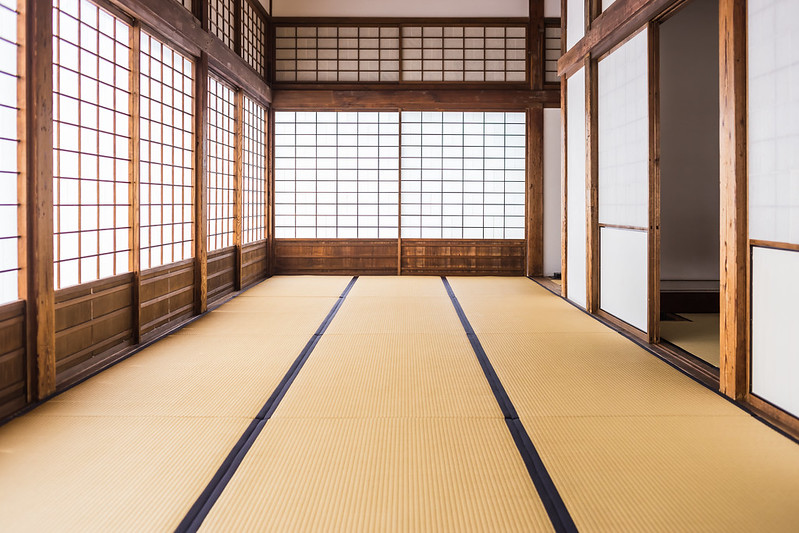


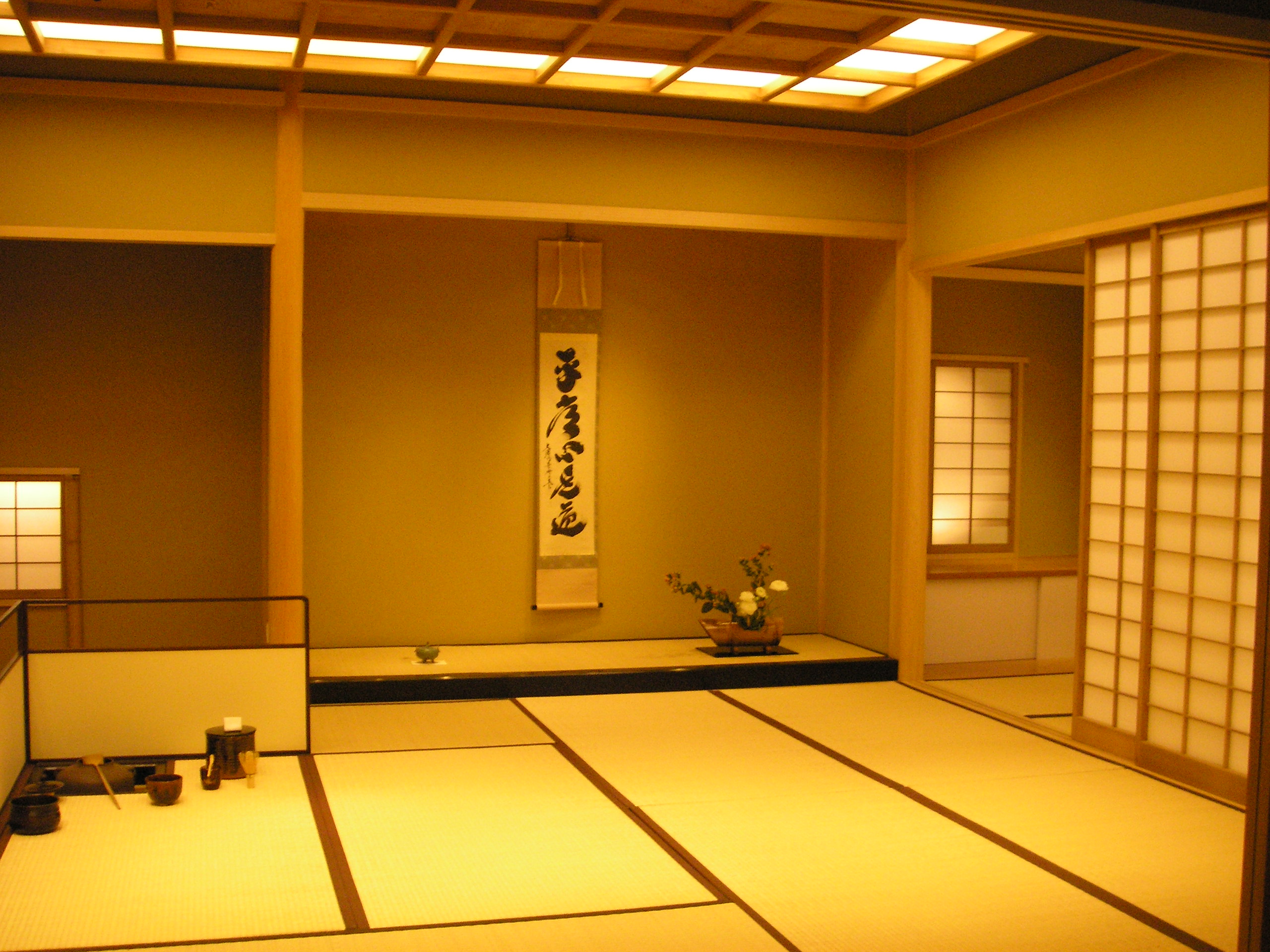

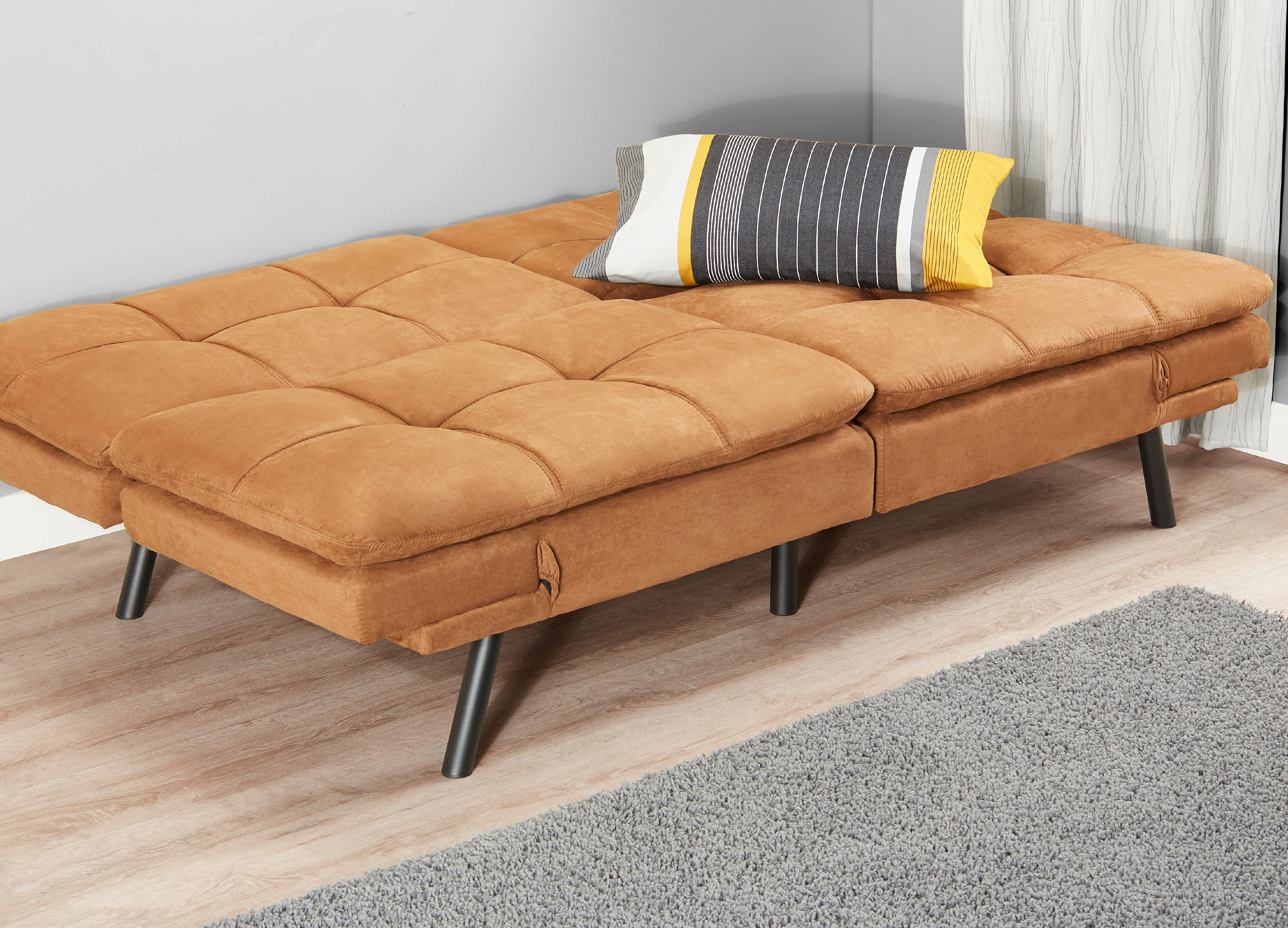
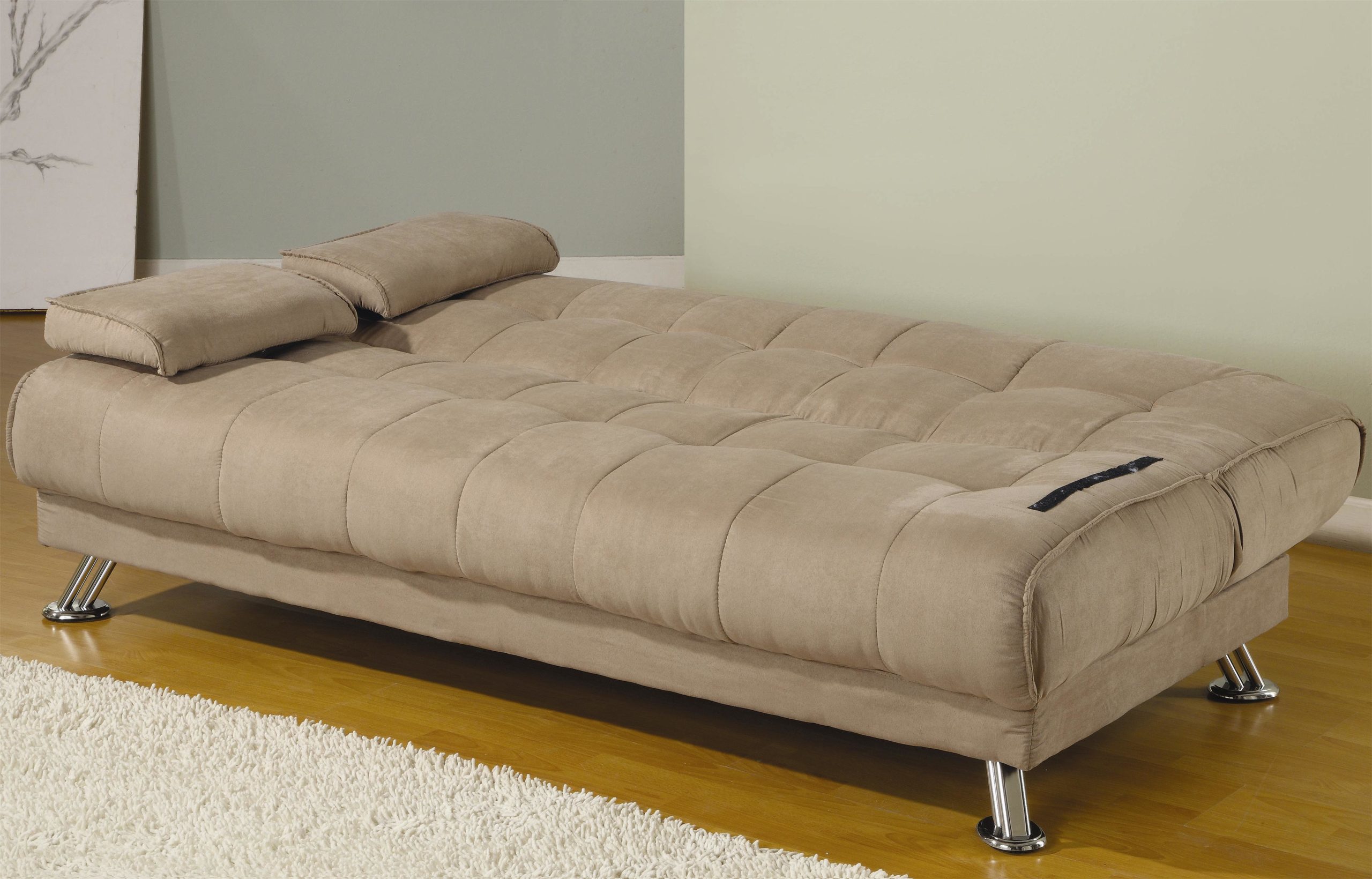





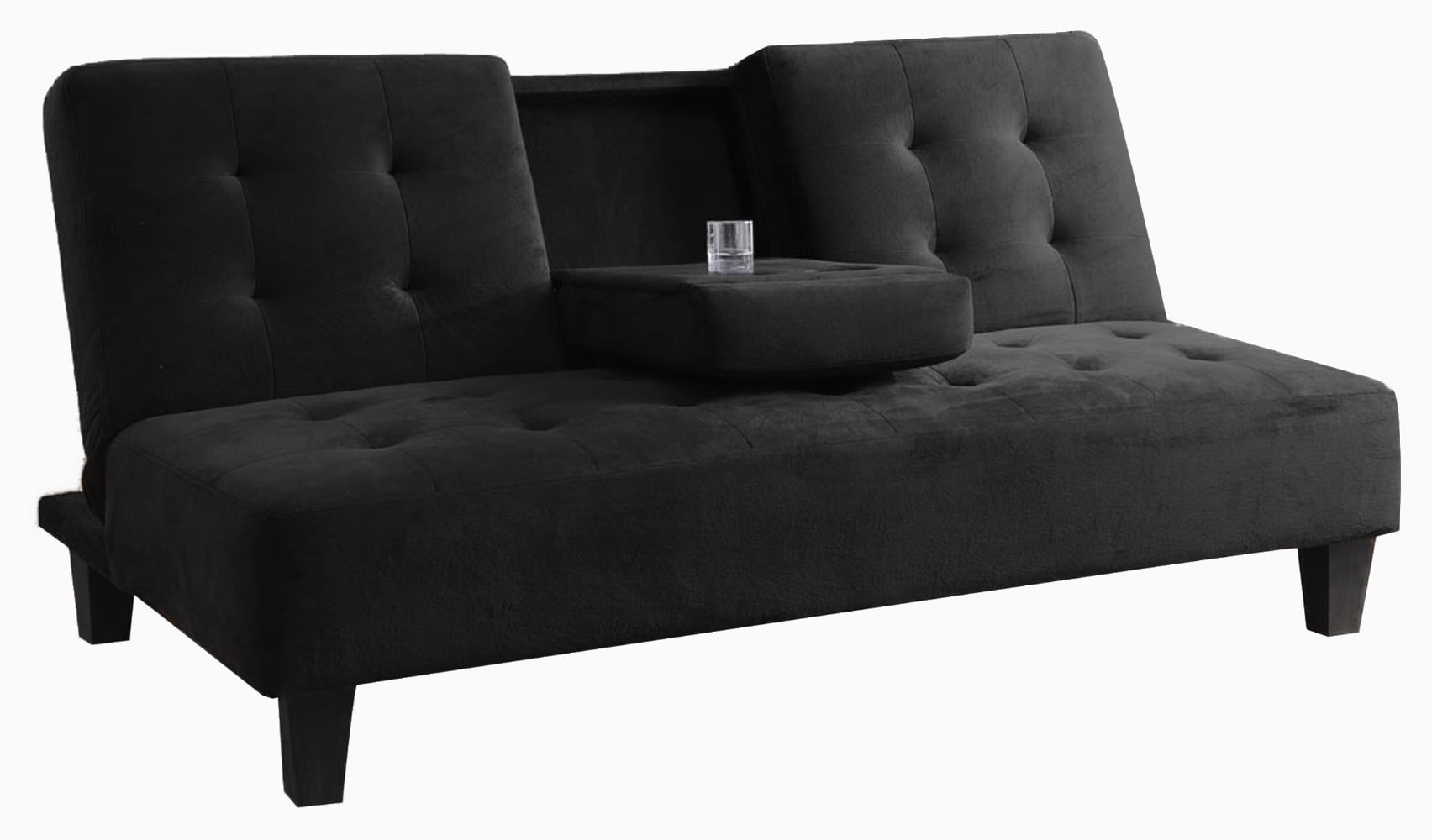
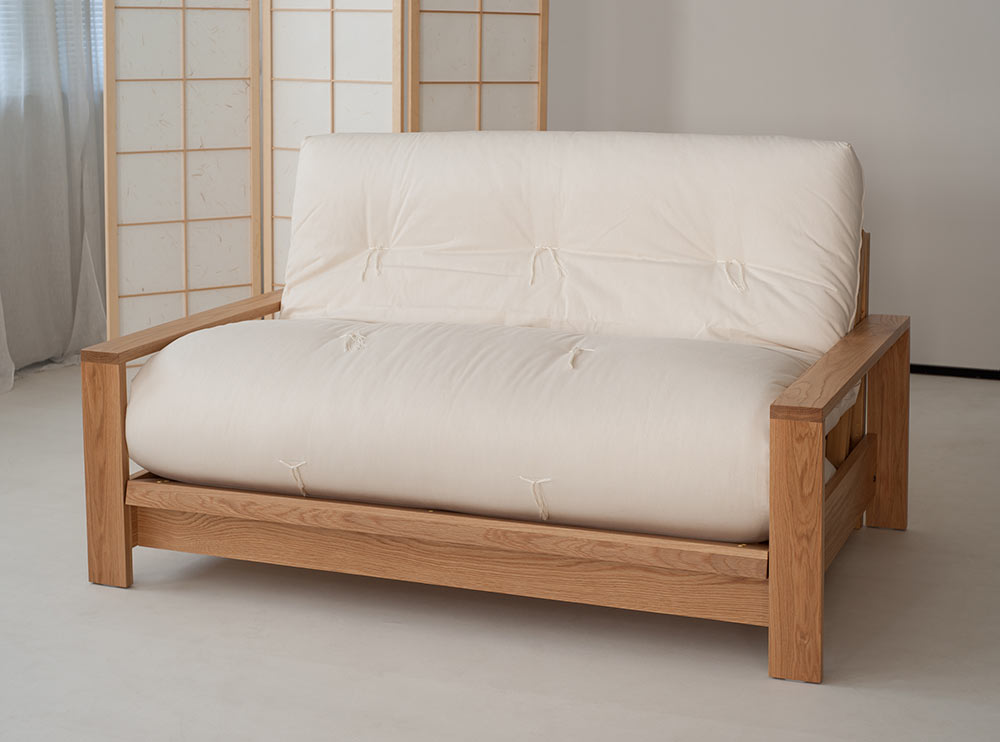

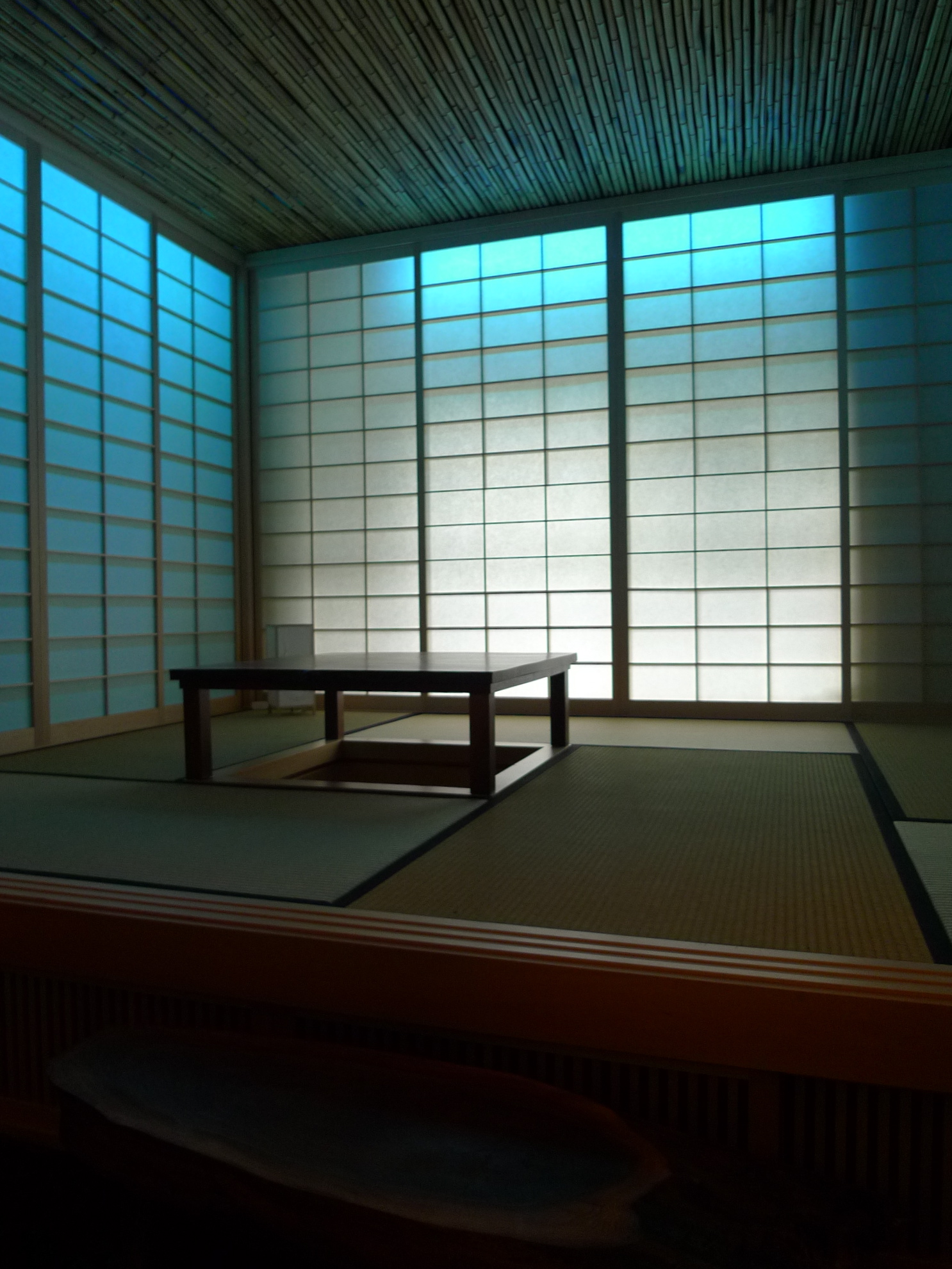

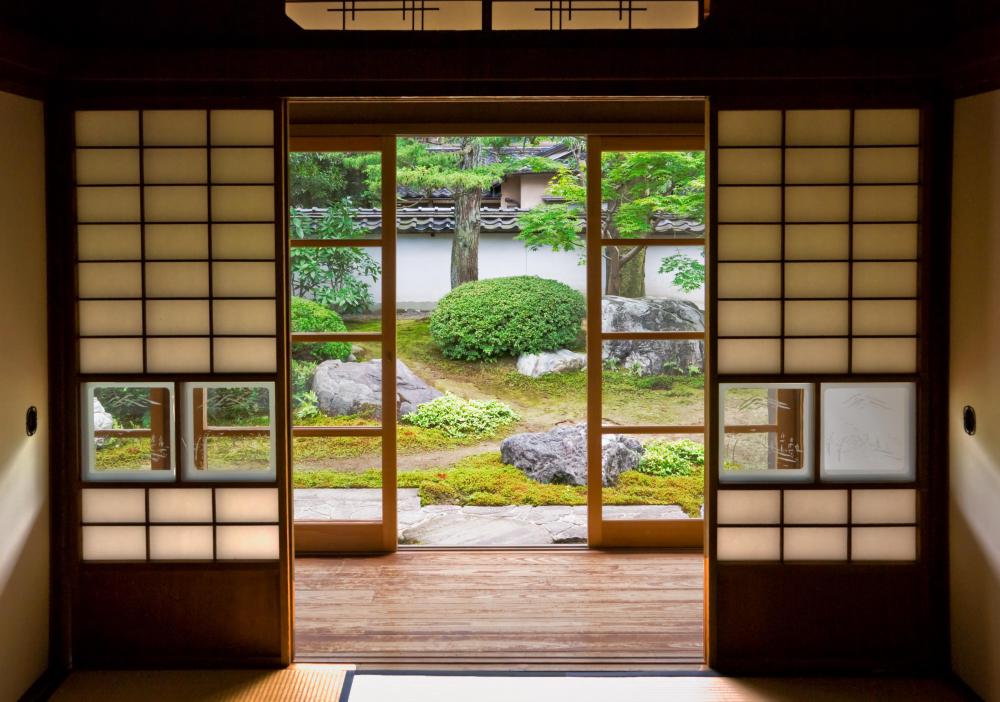

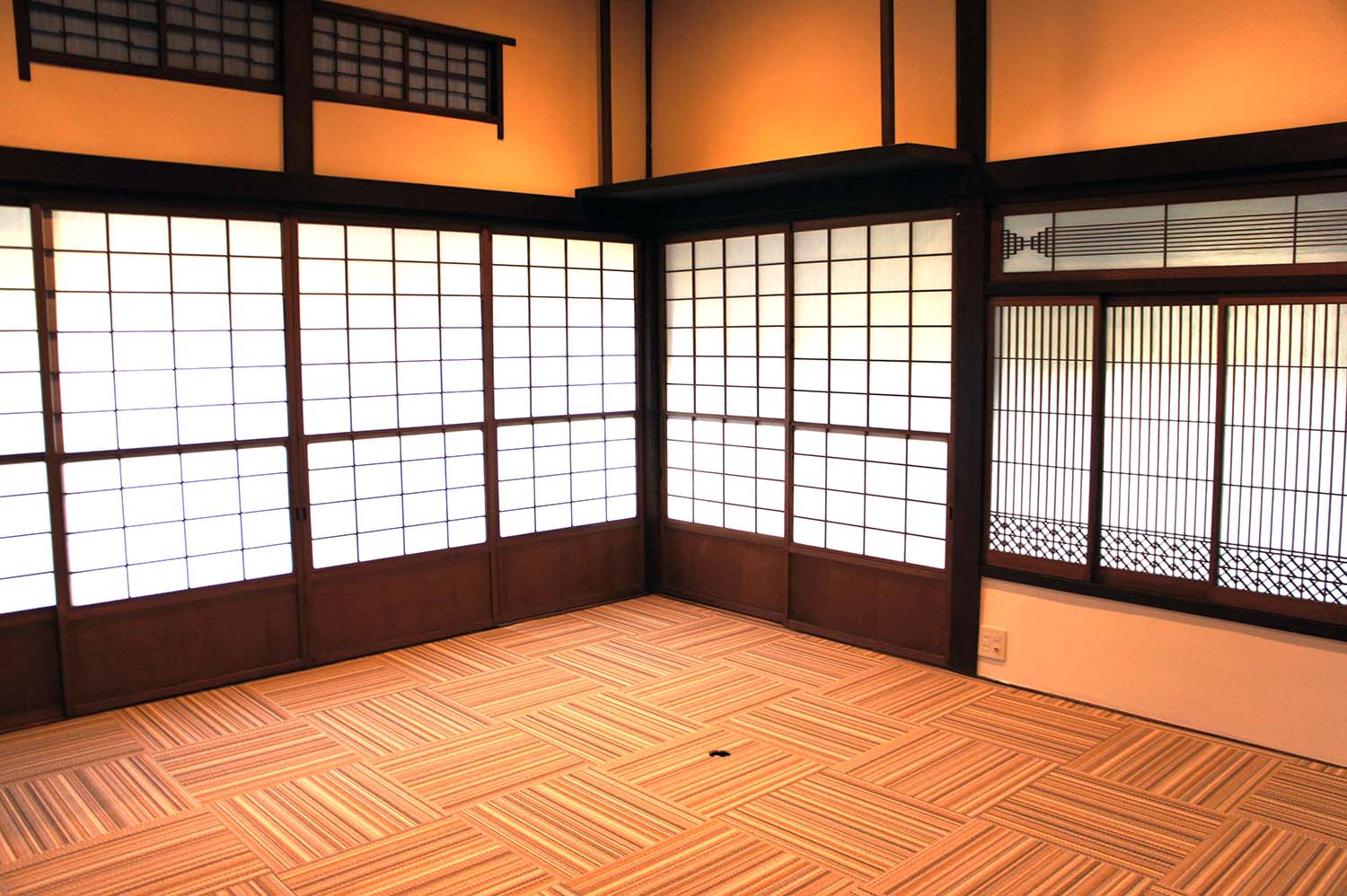
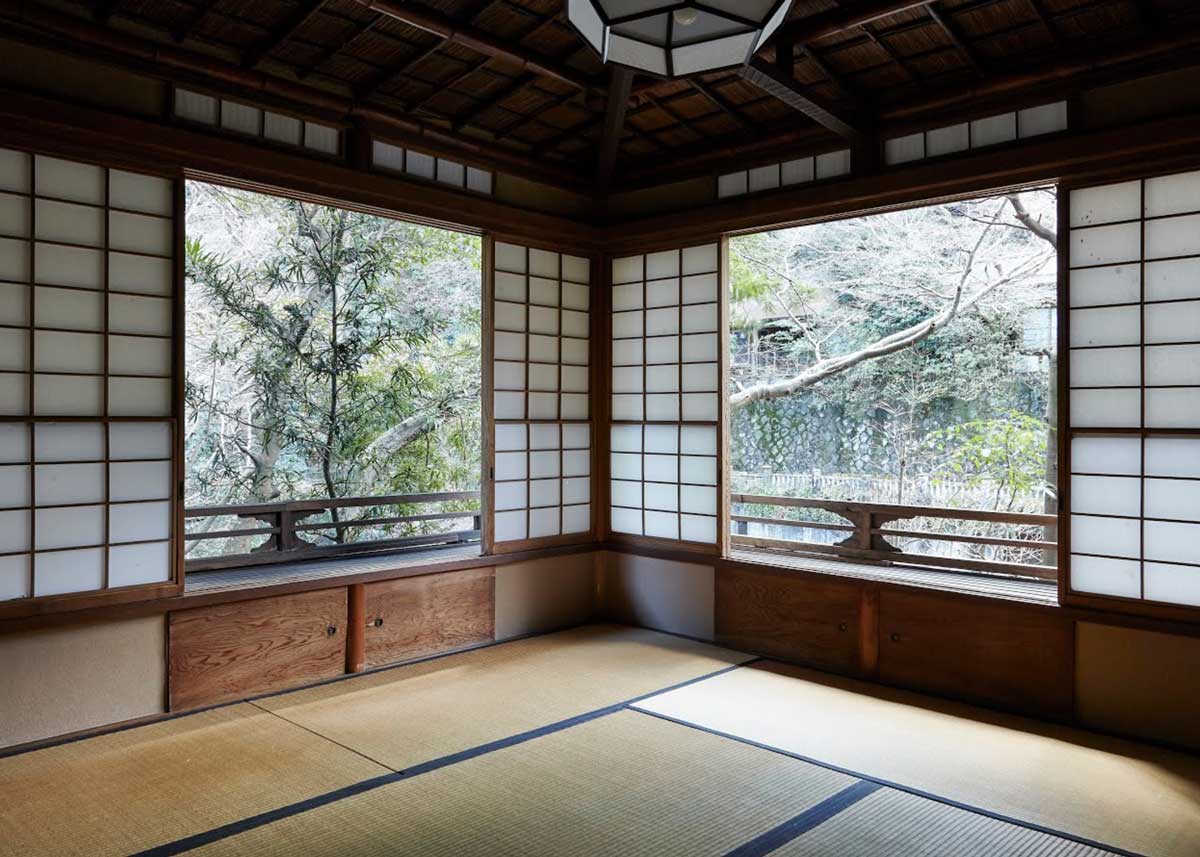
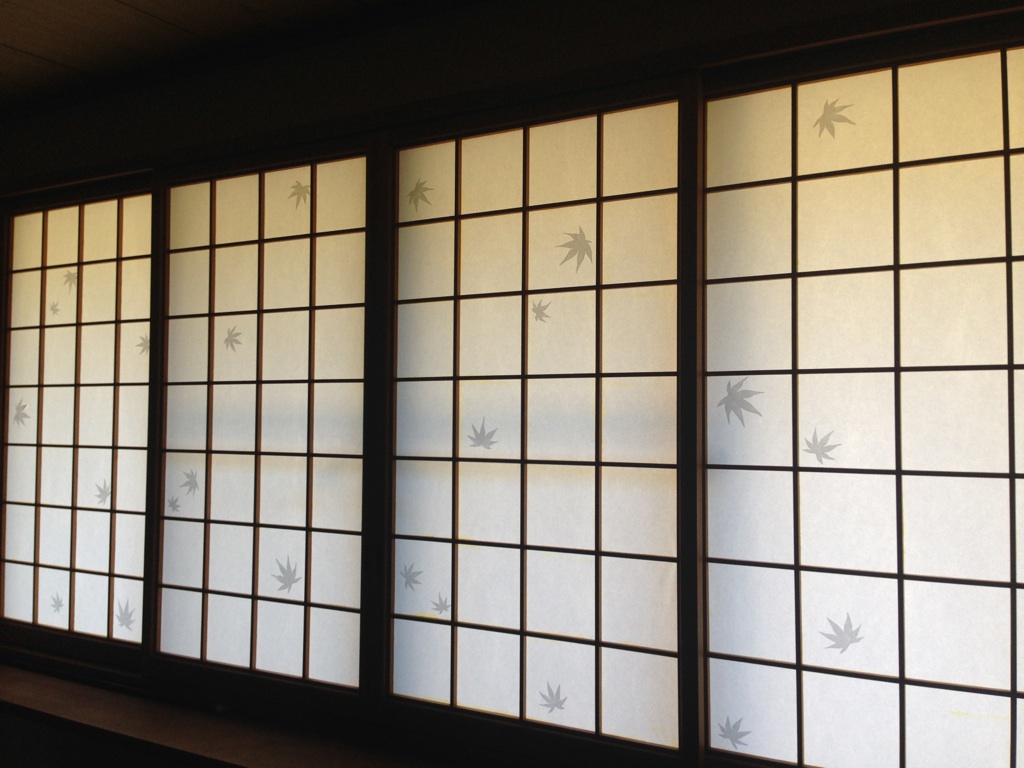

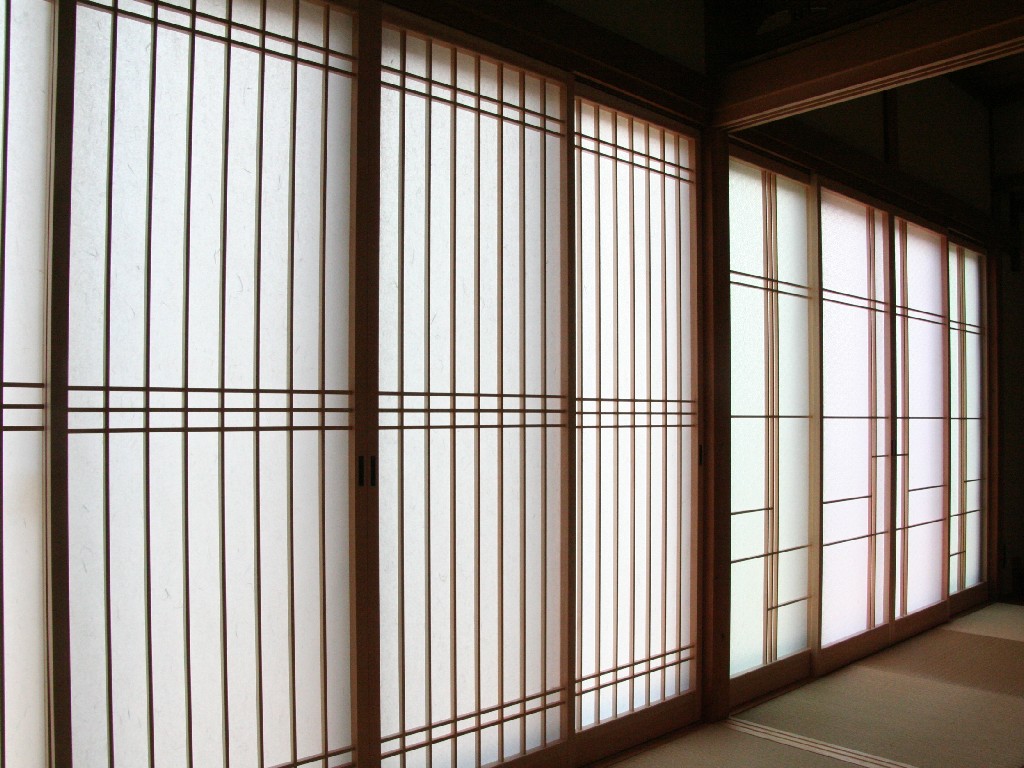


/cdn.cliqueinc.com__cache__posts__252404__zen-living-rooms-252404-1521148948714-image.700x0c-2234e0ef98cd409694773d3f82874544.jpg)

